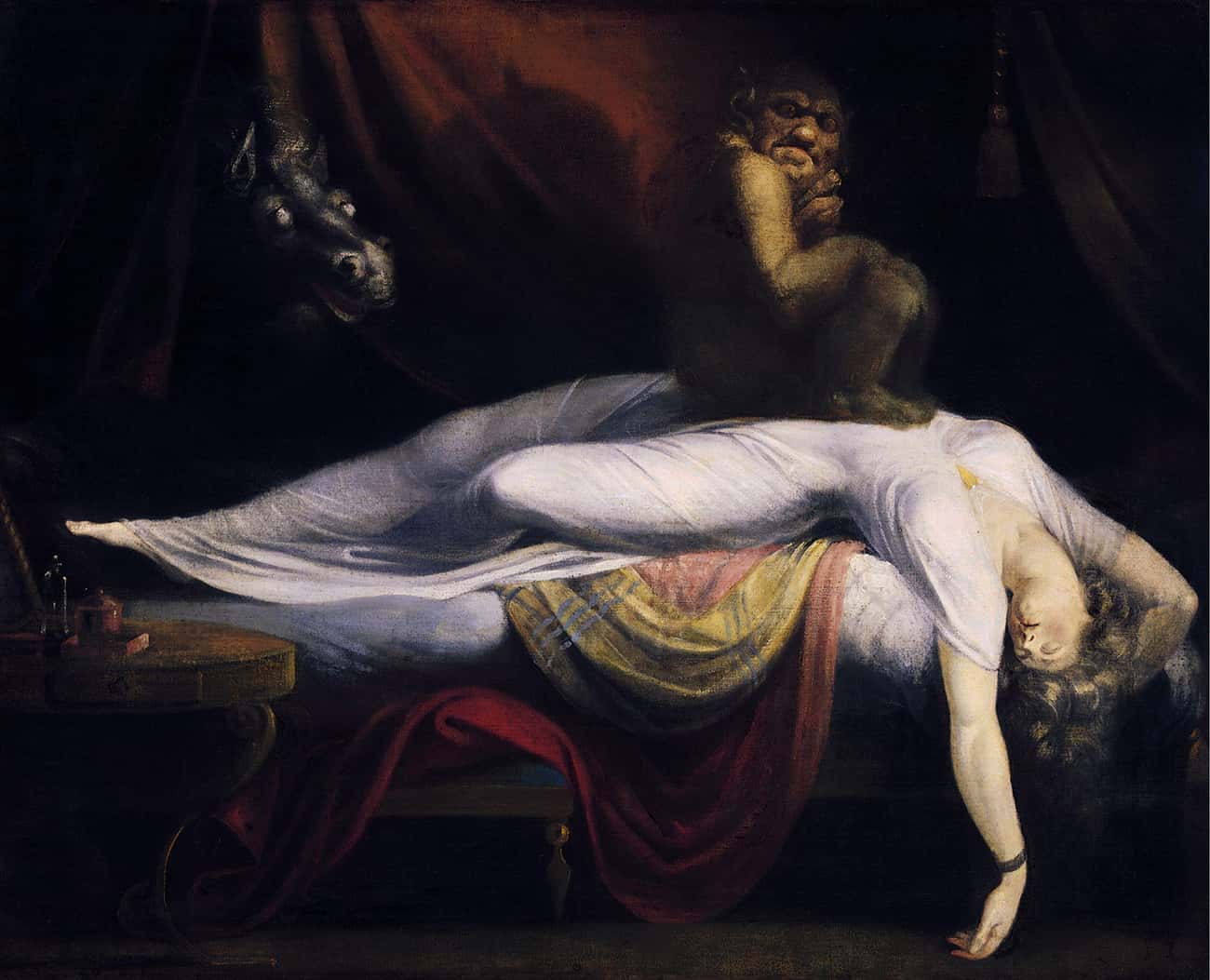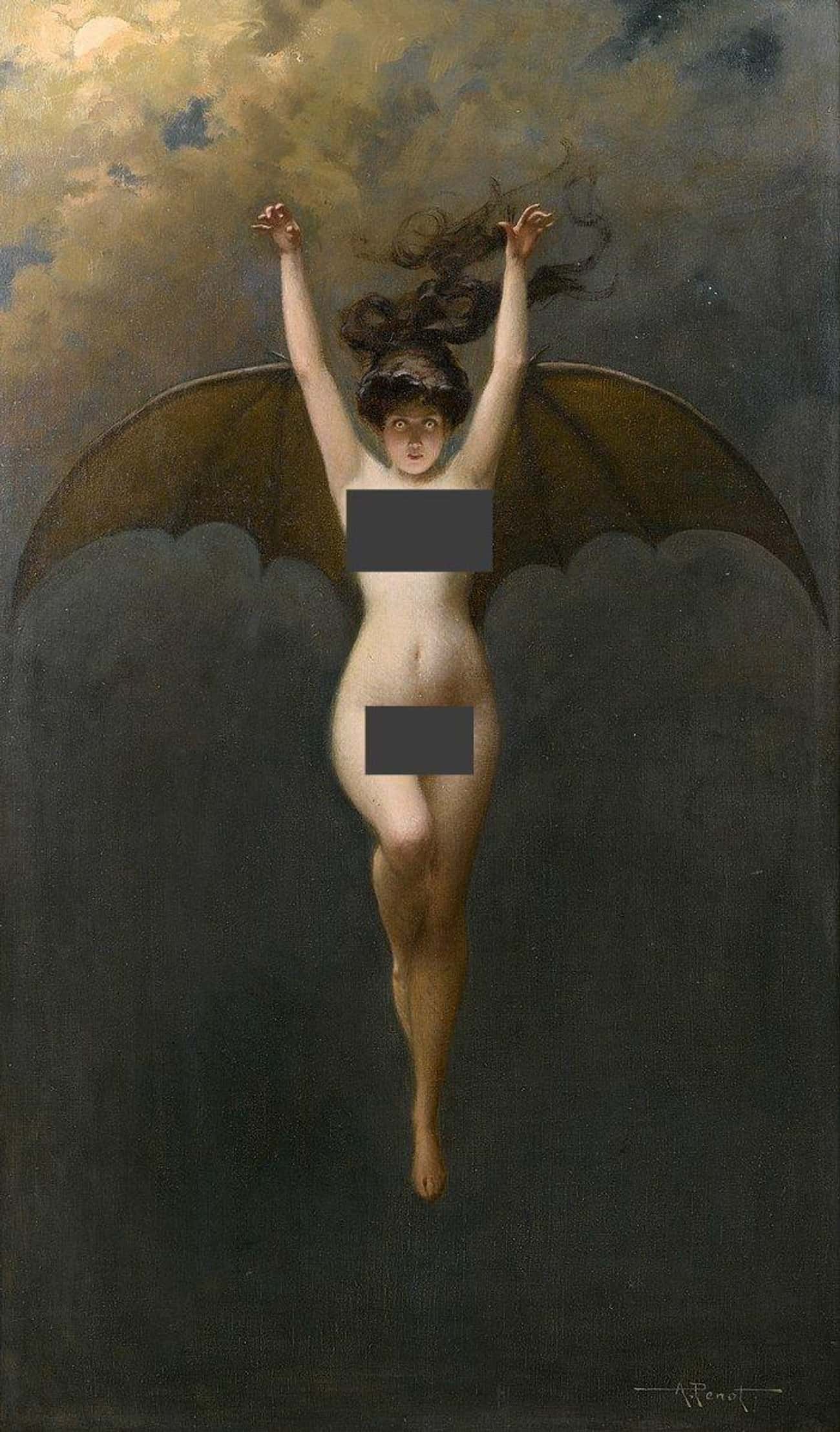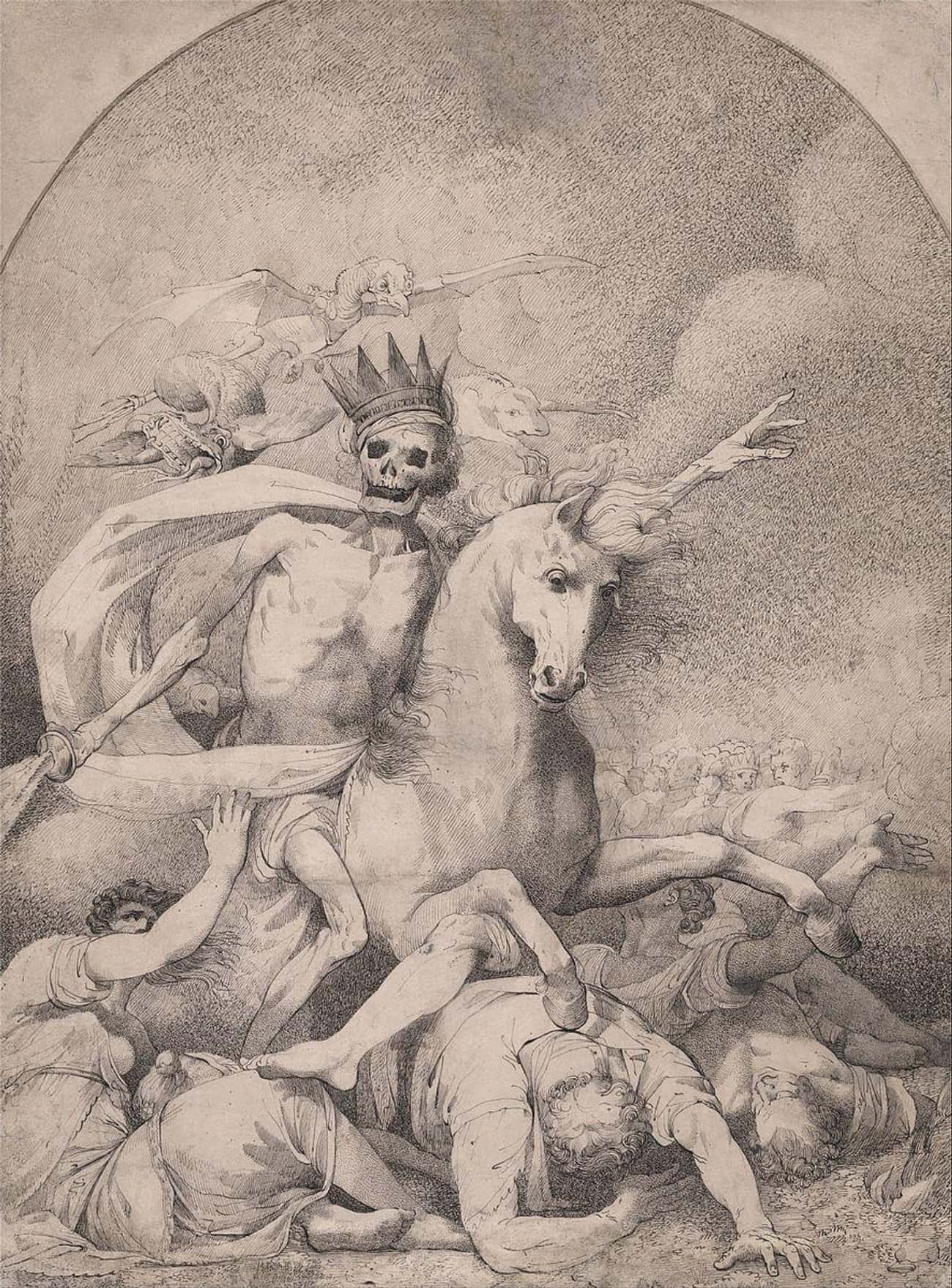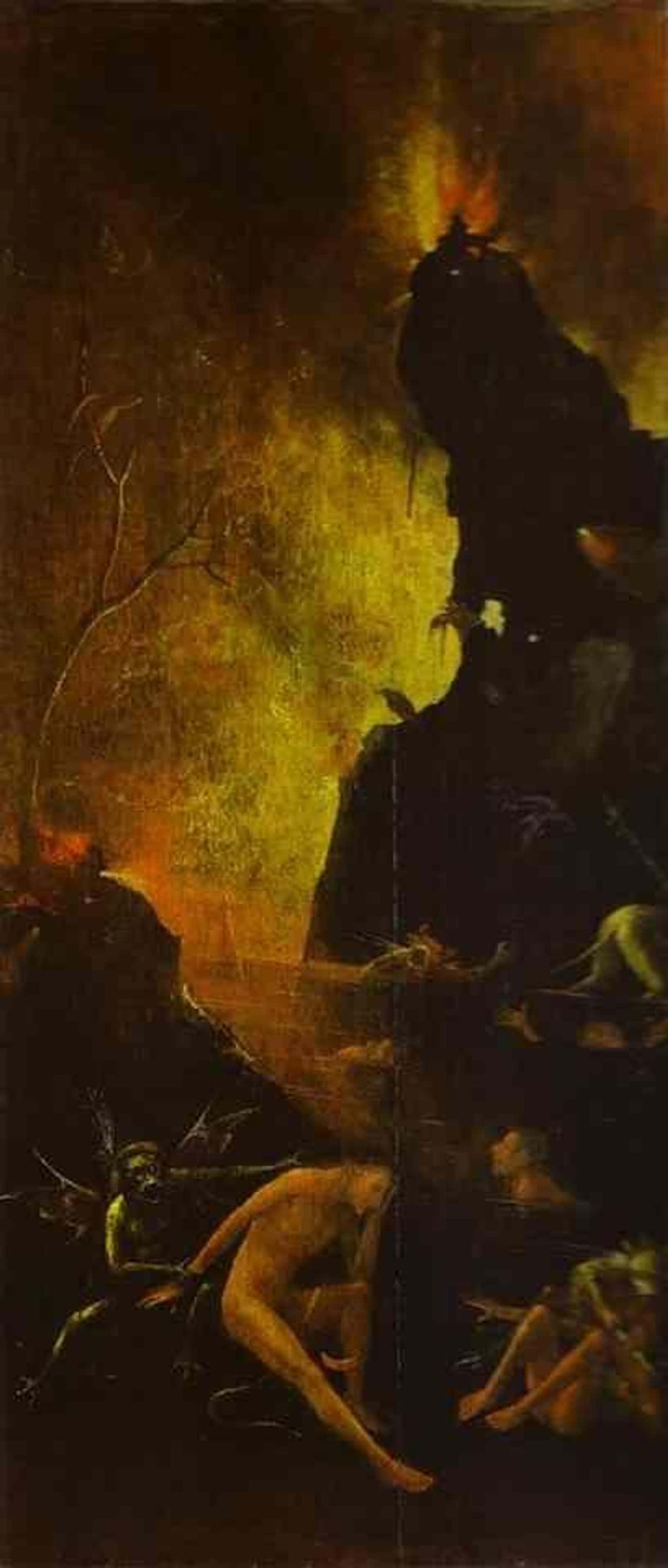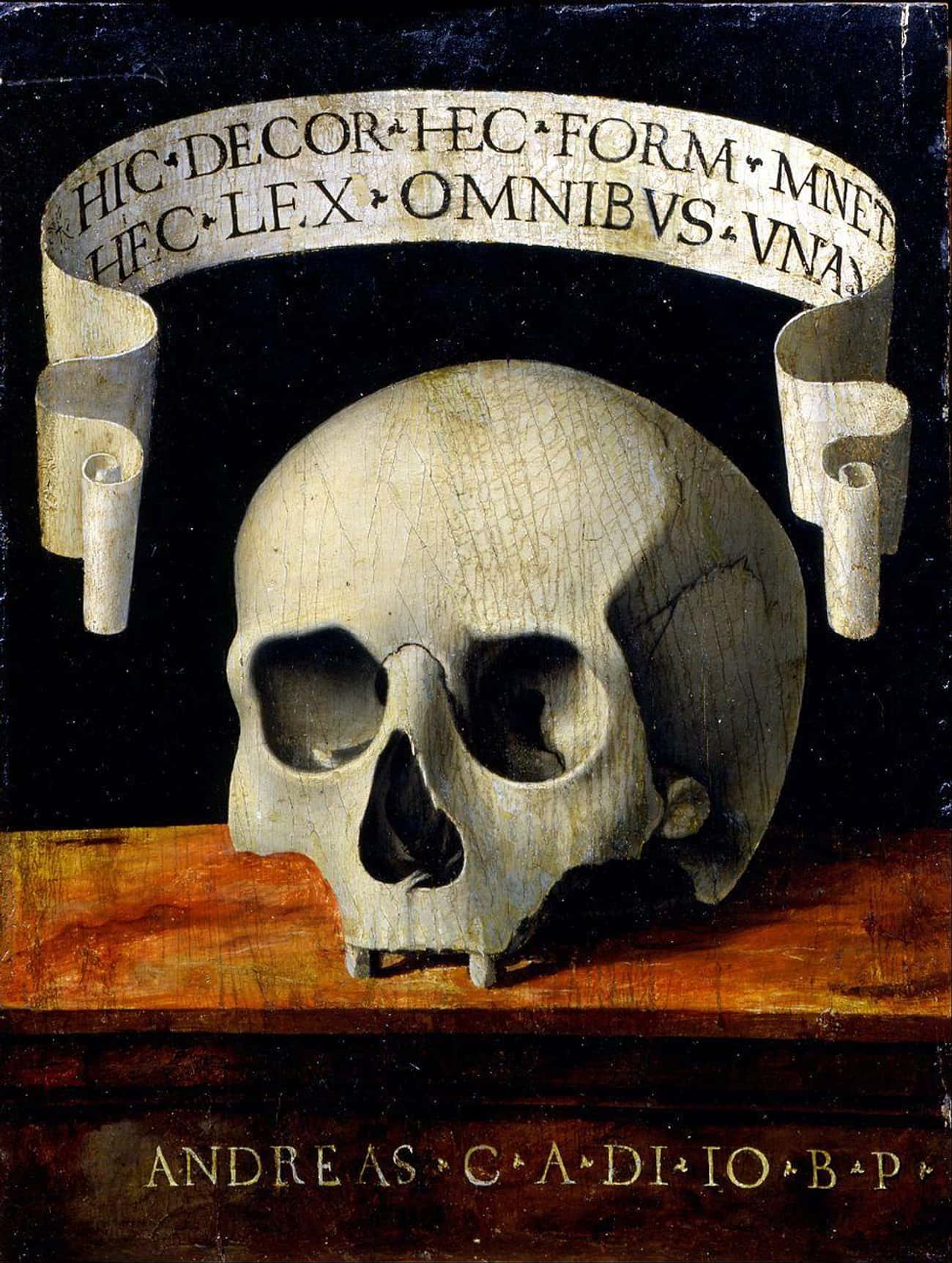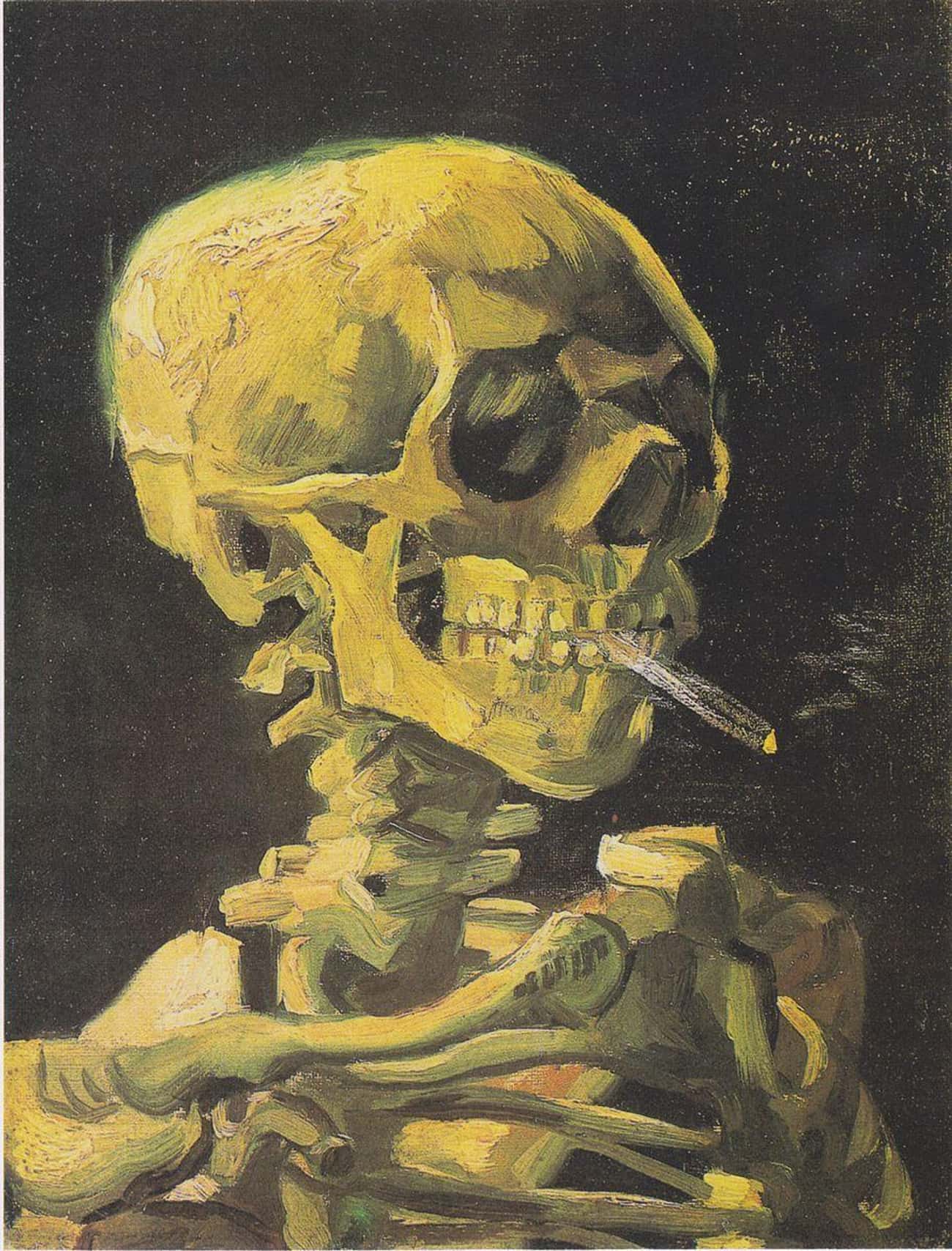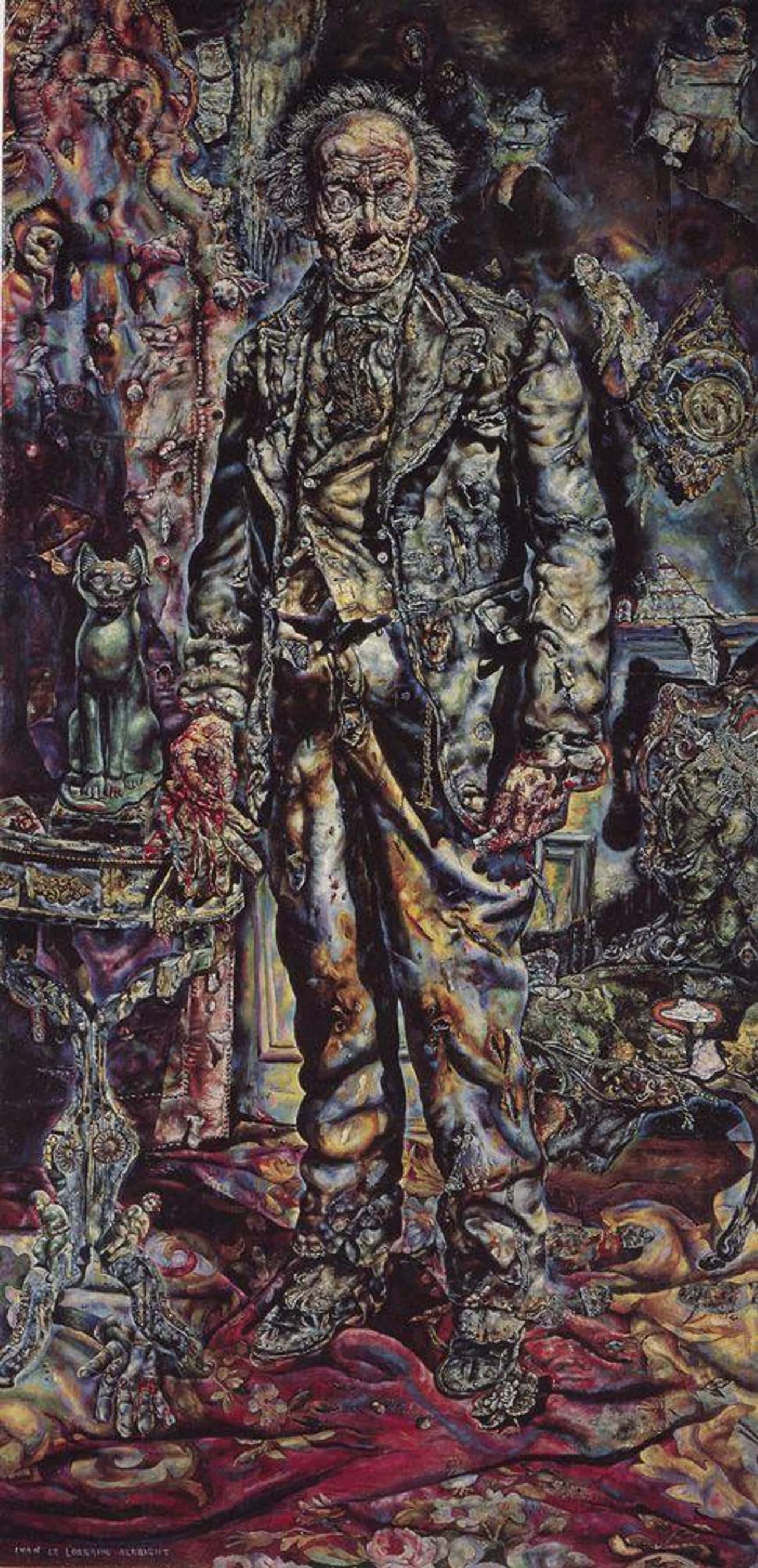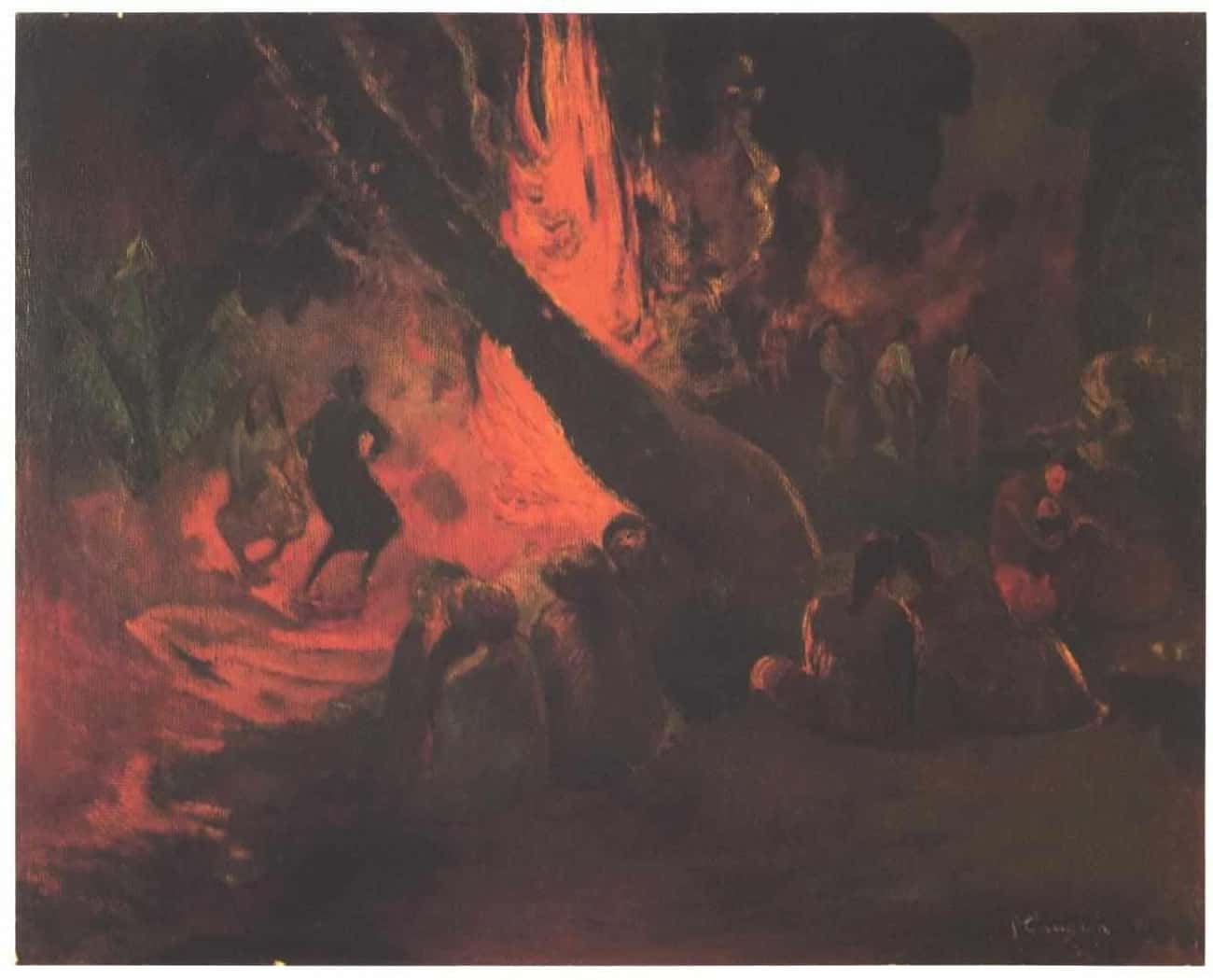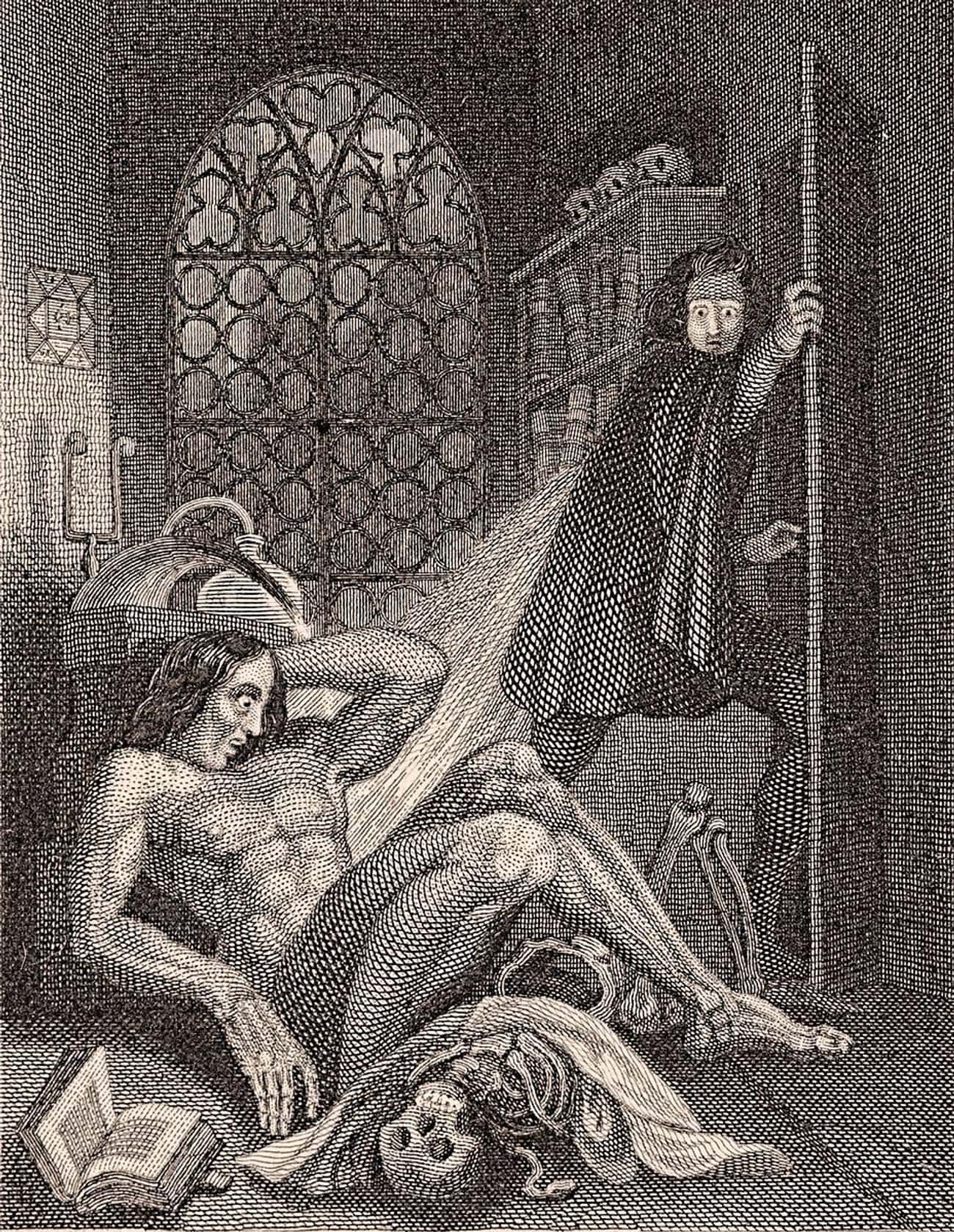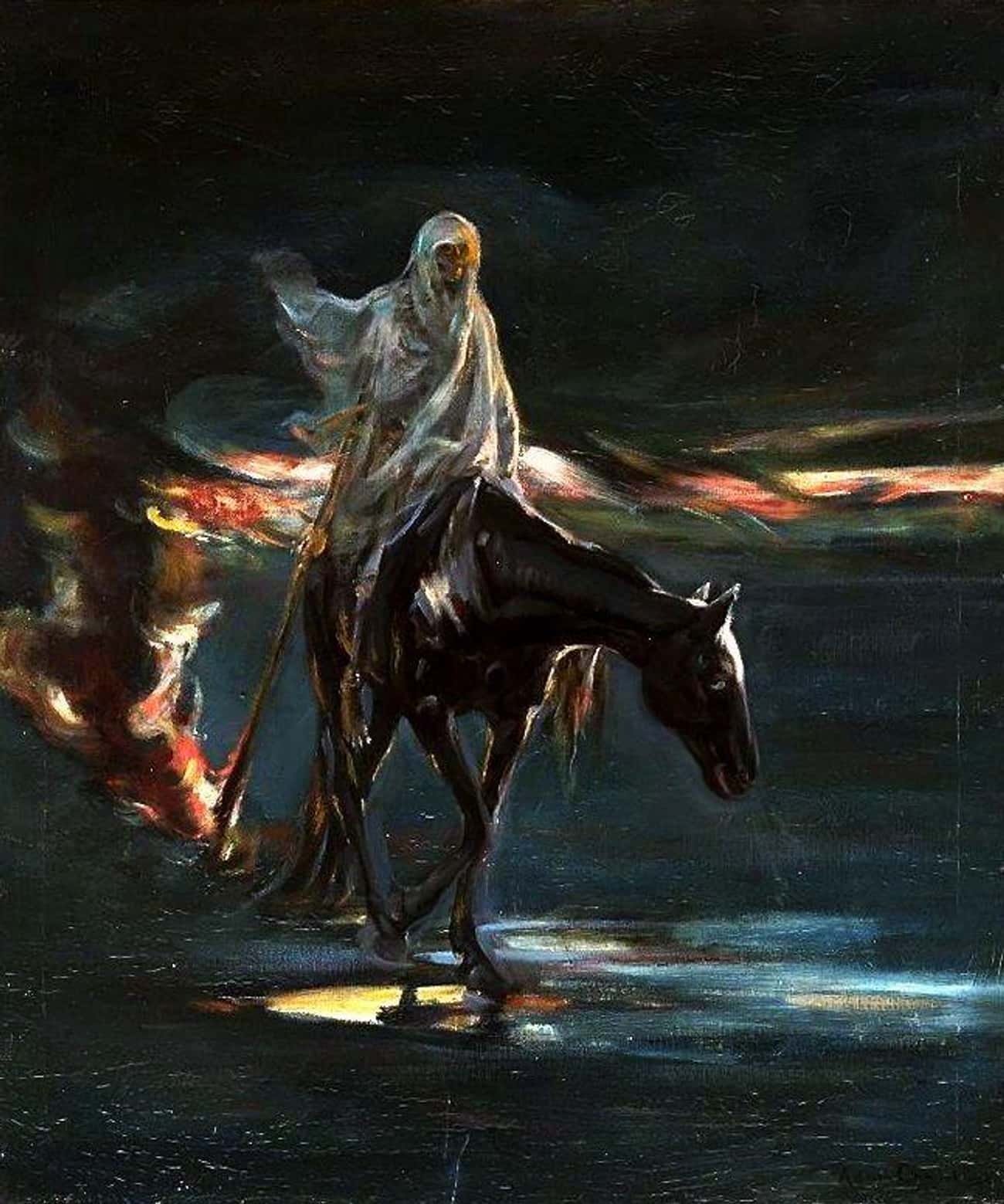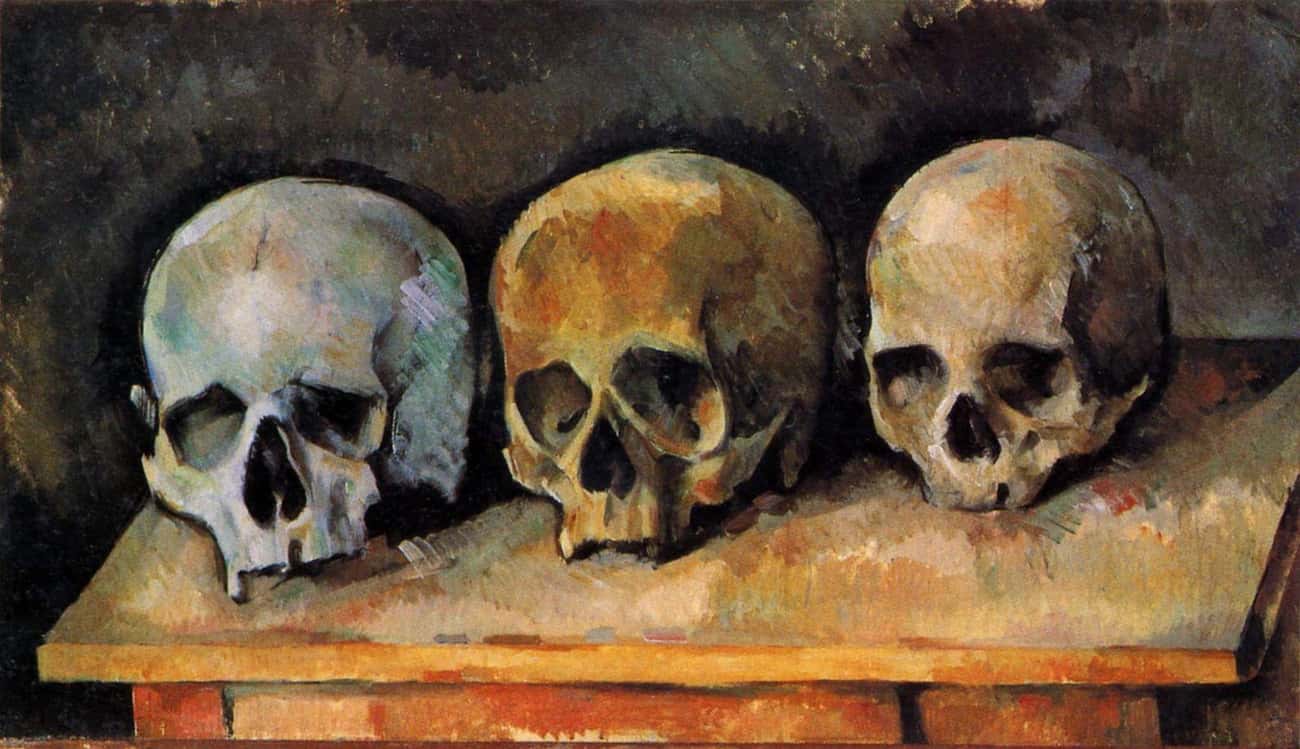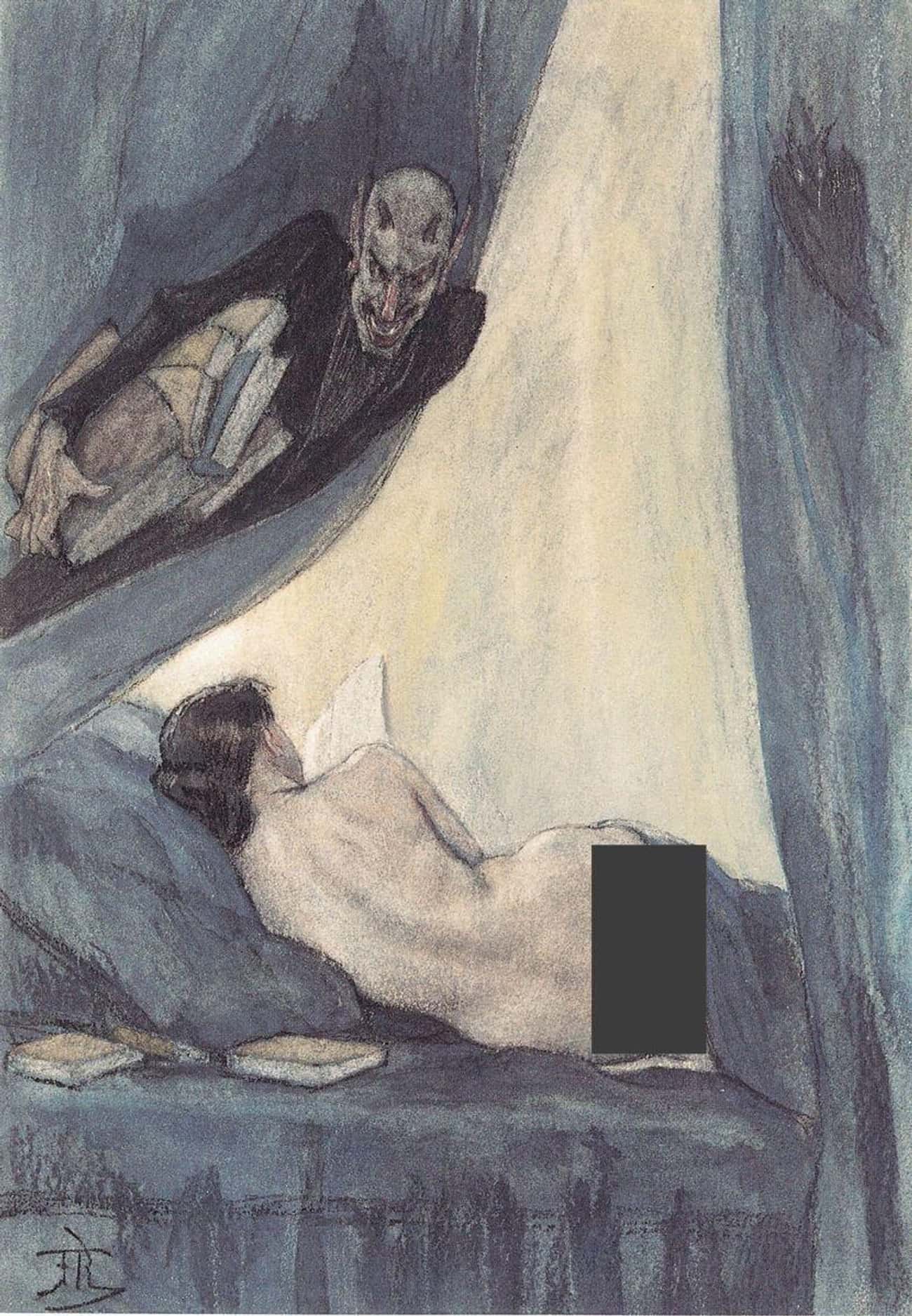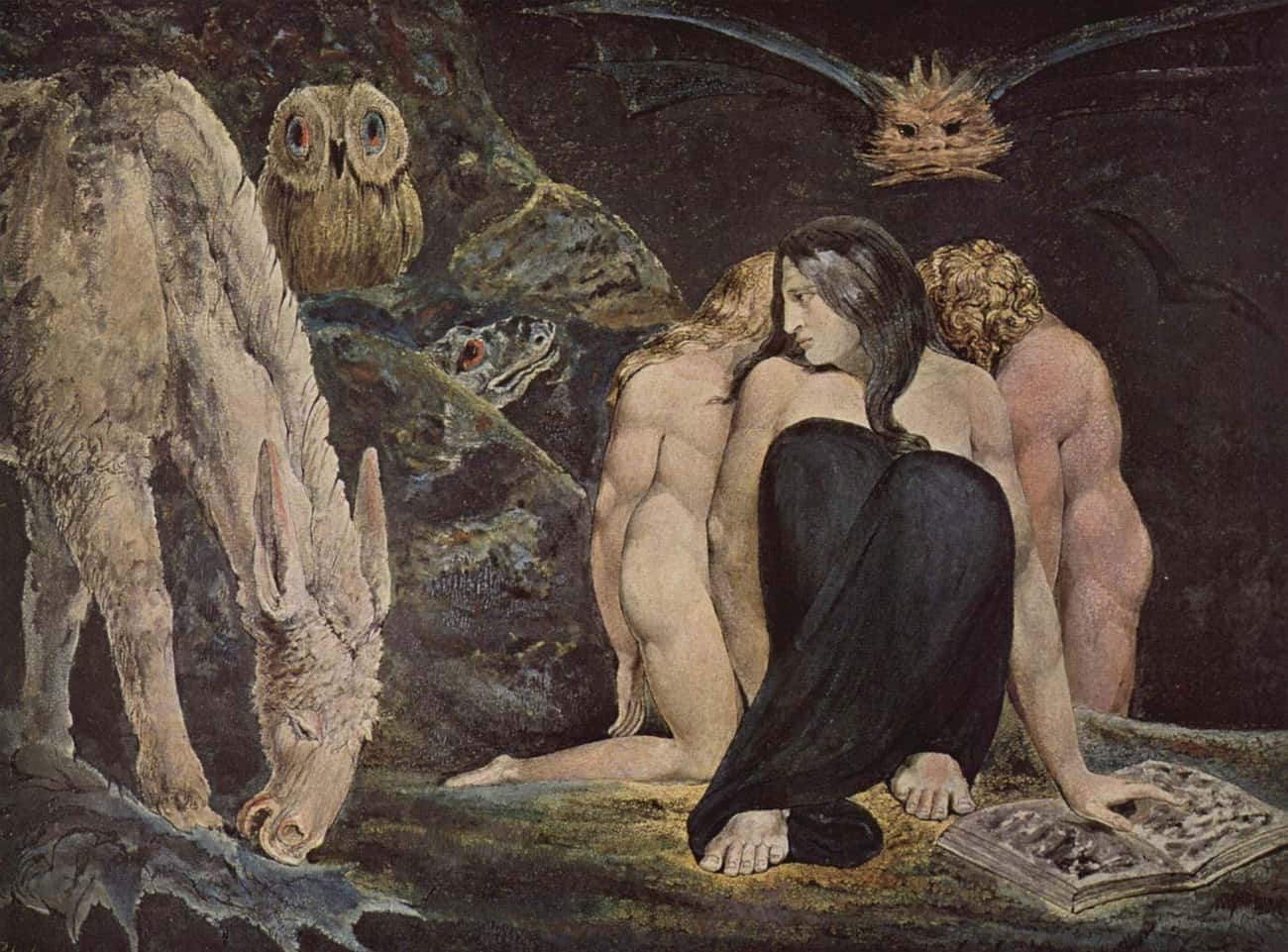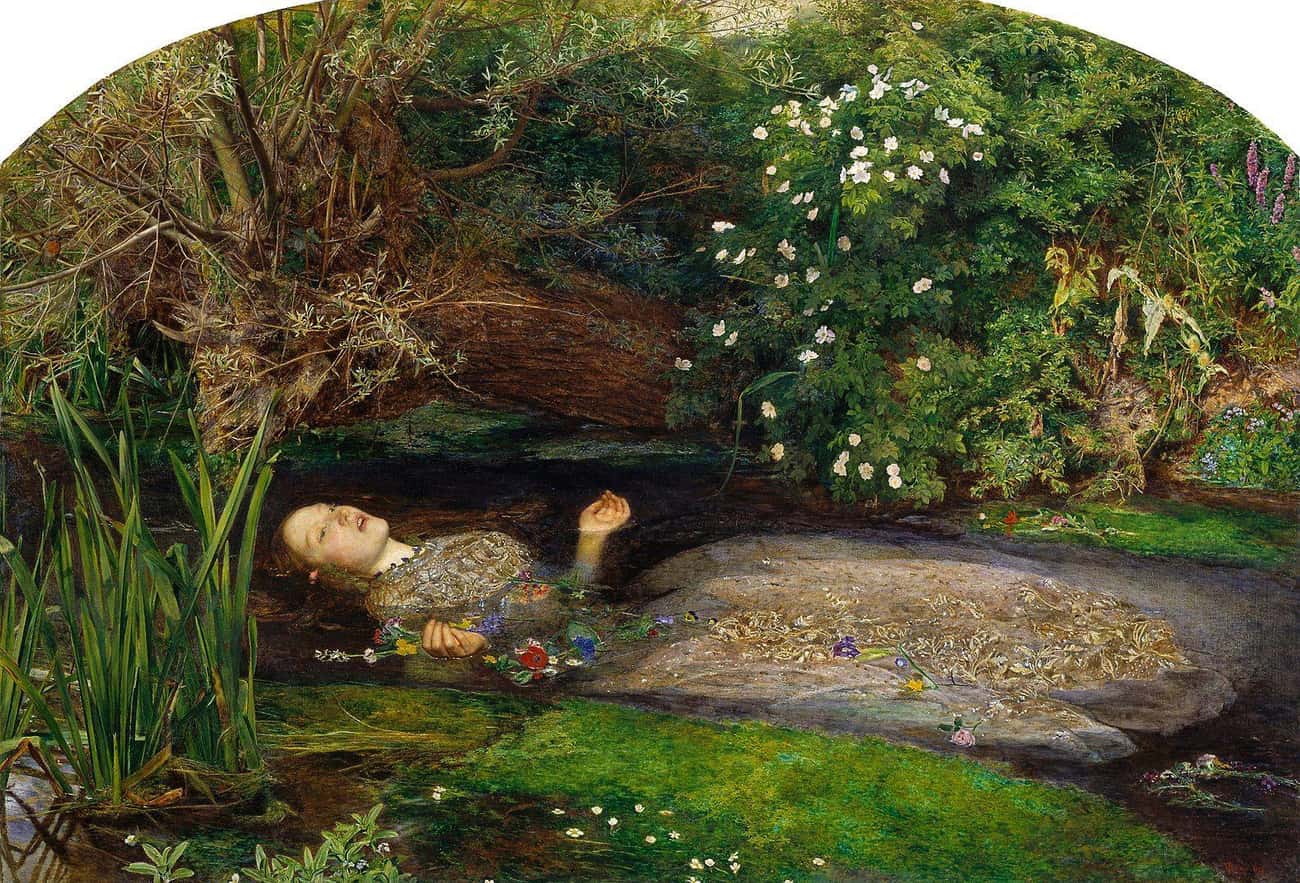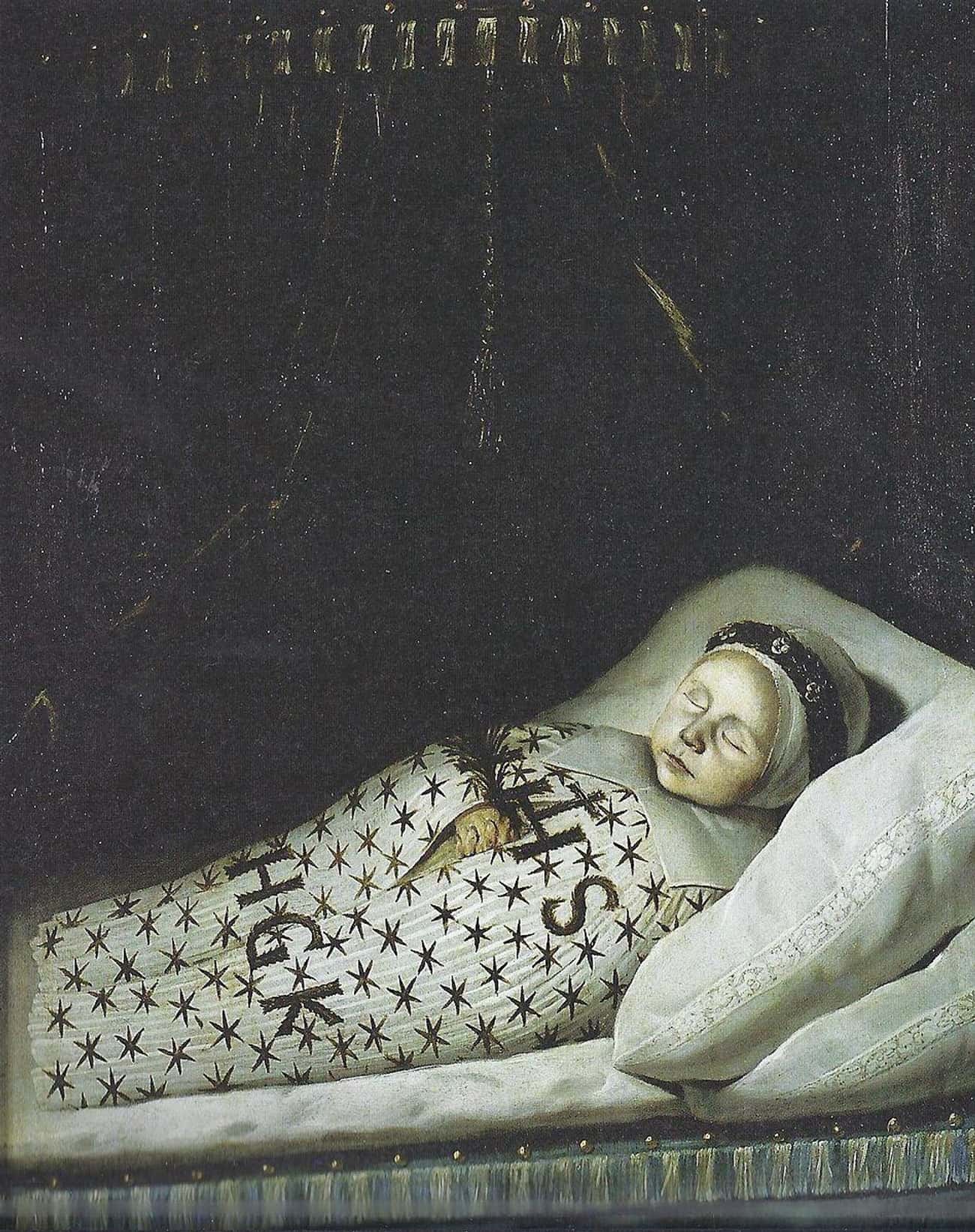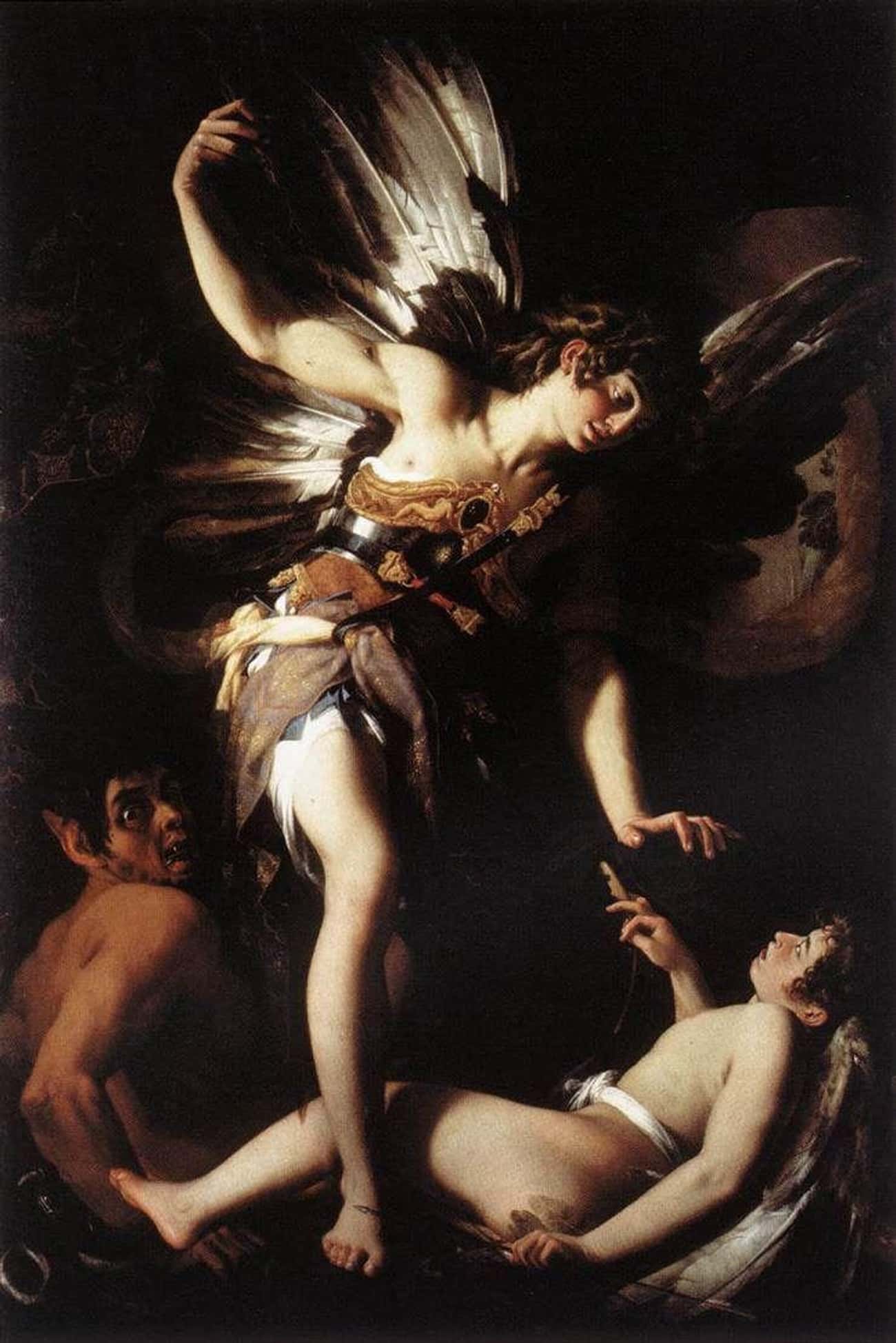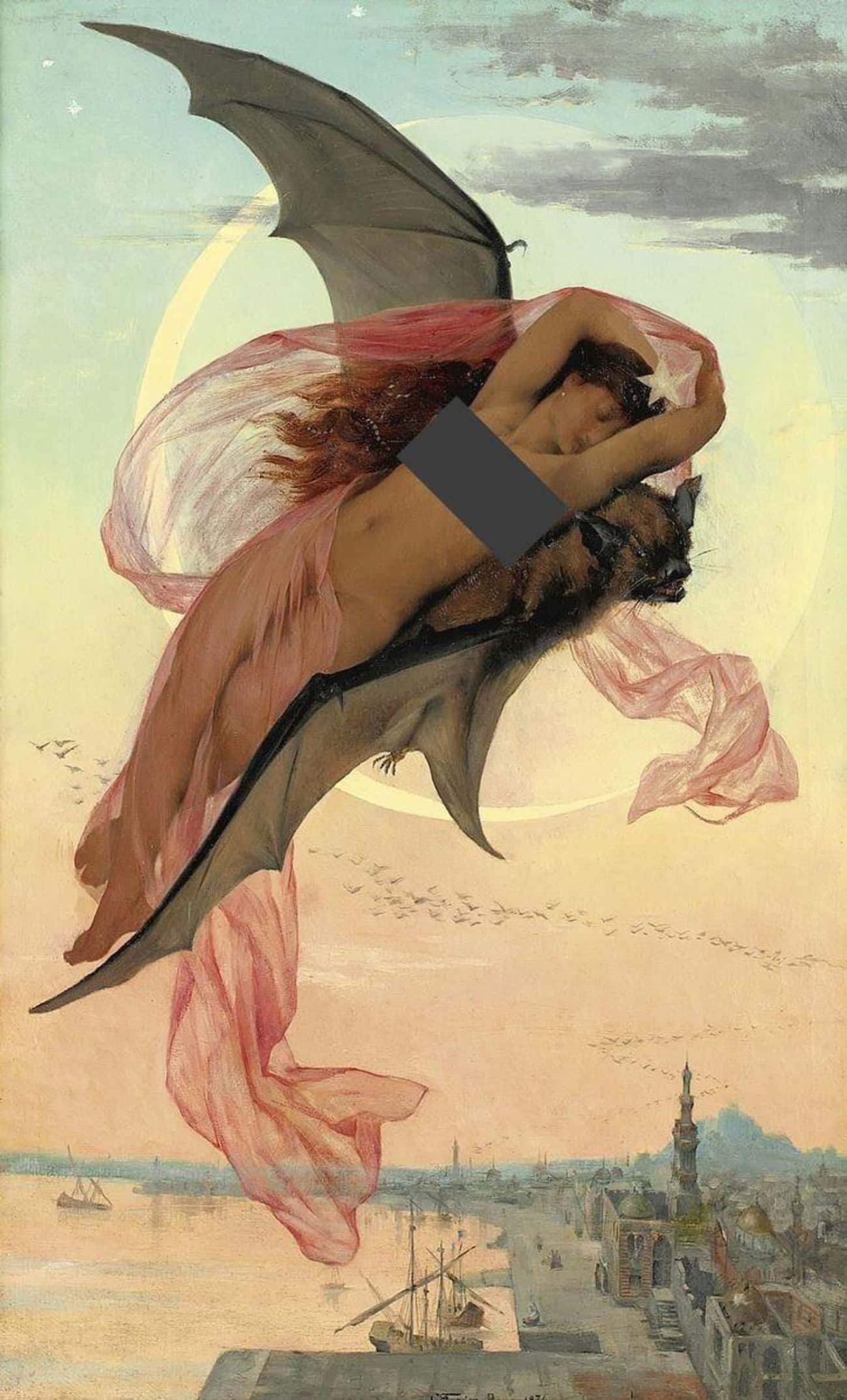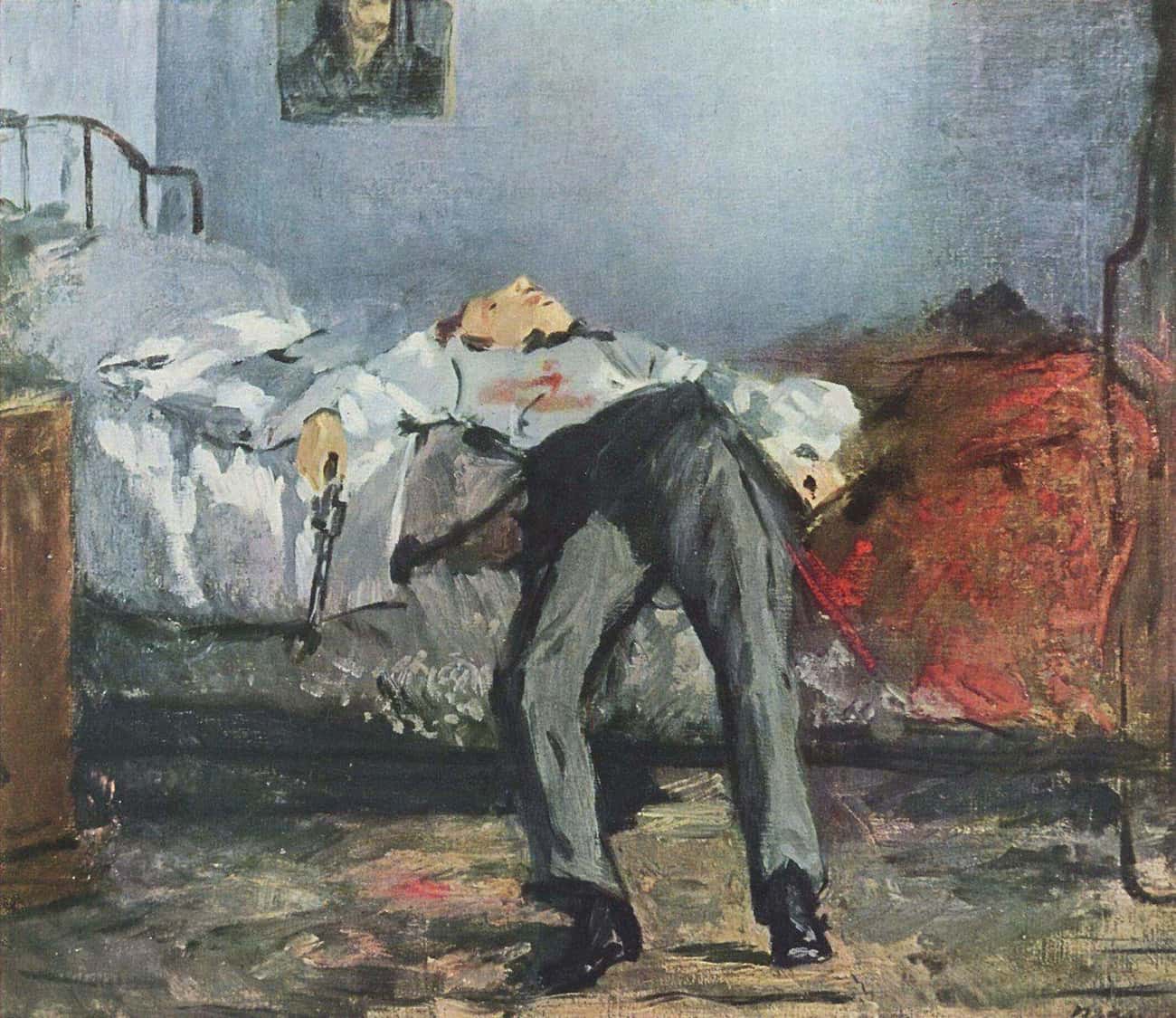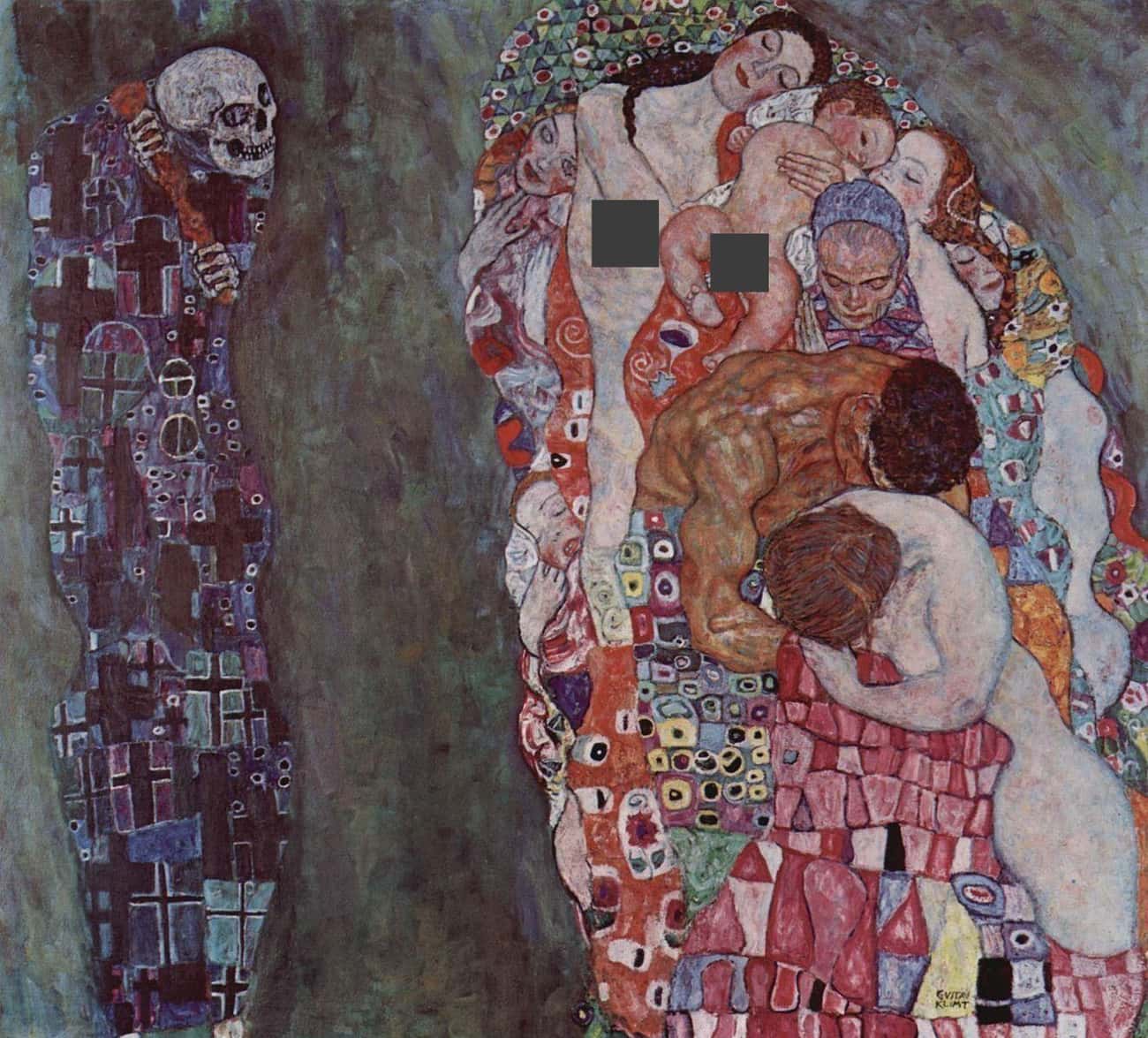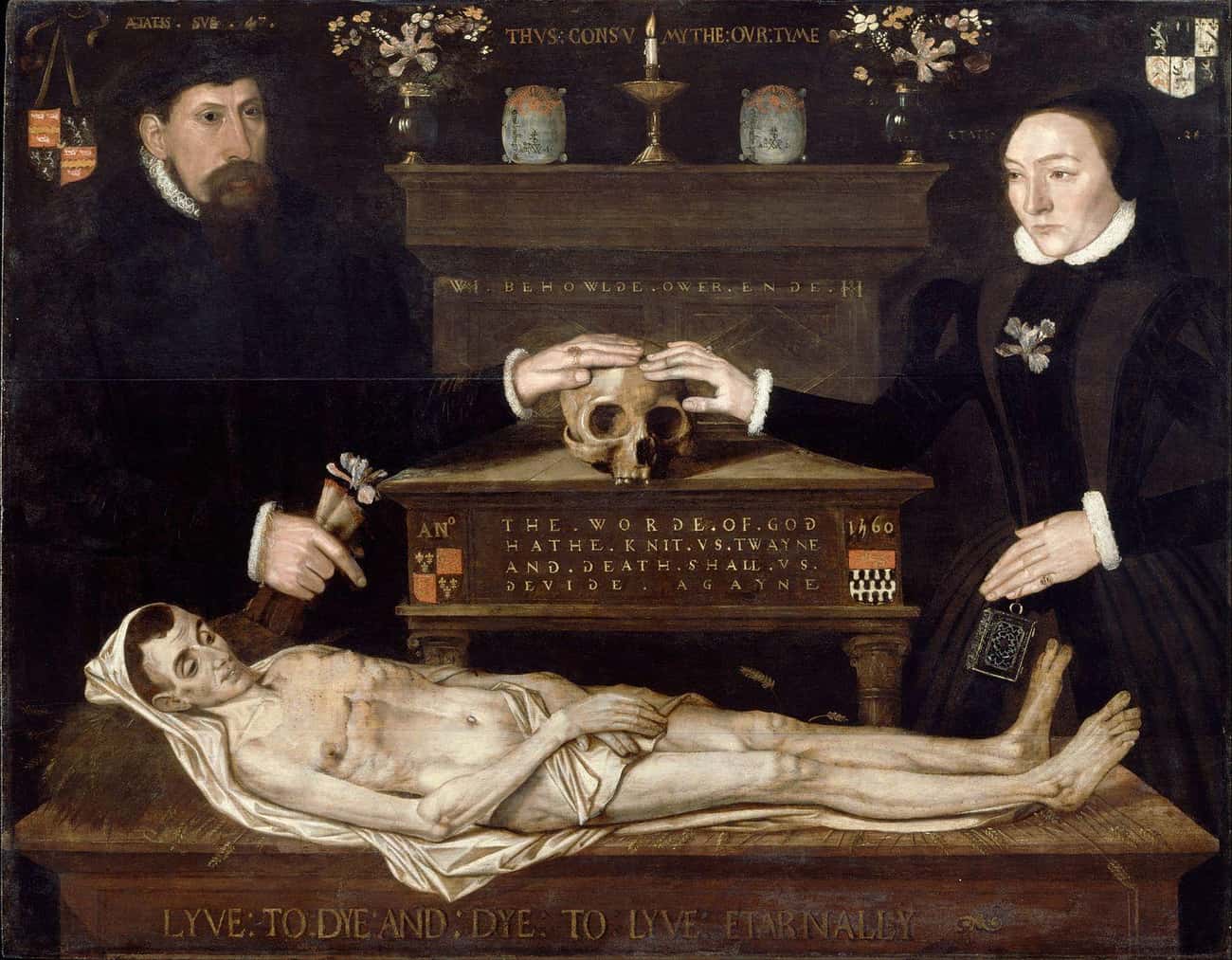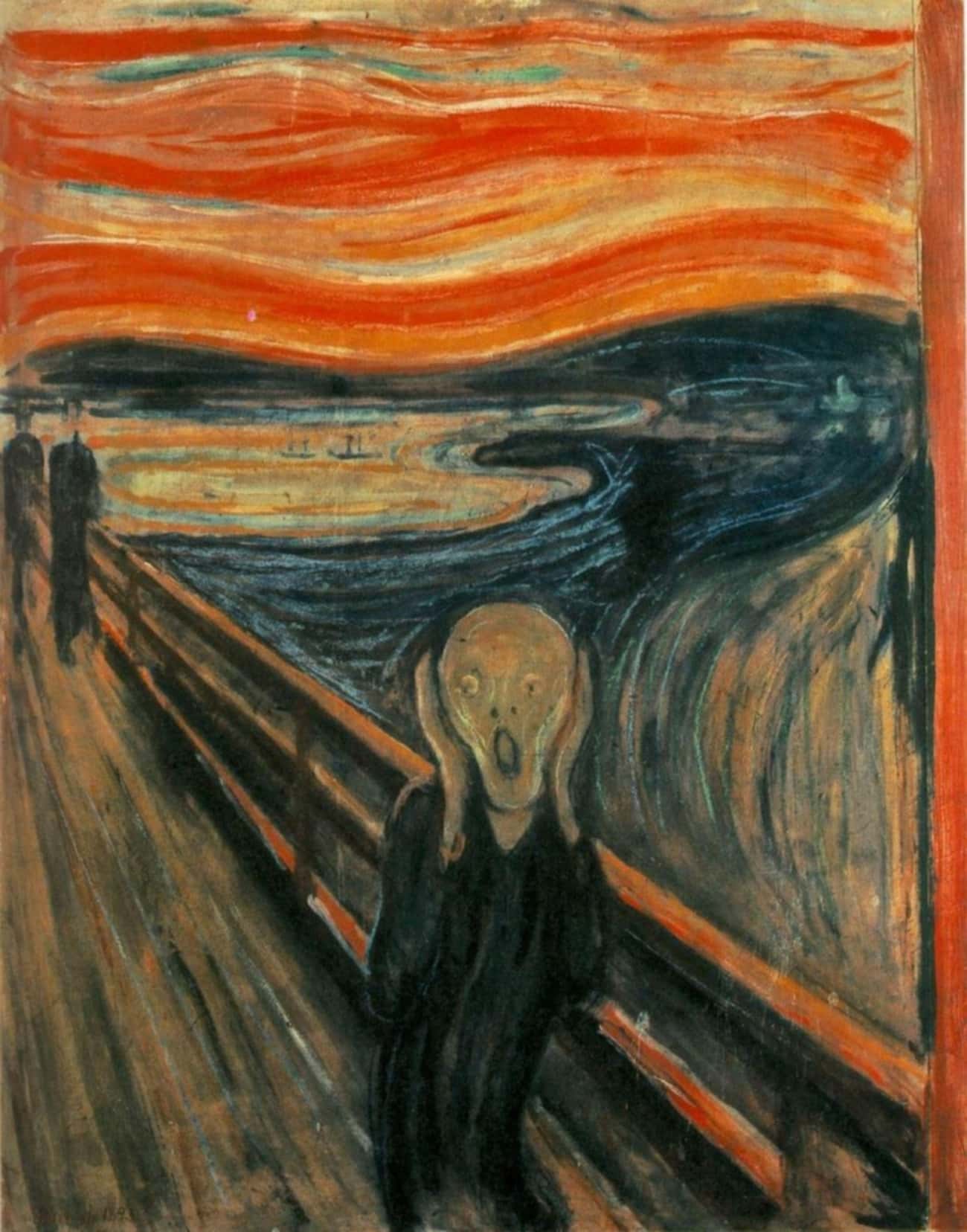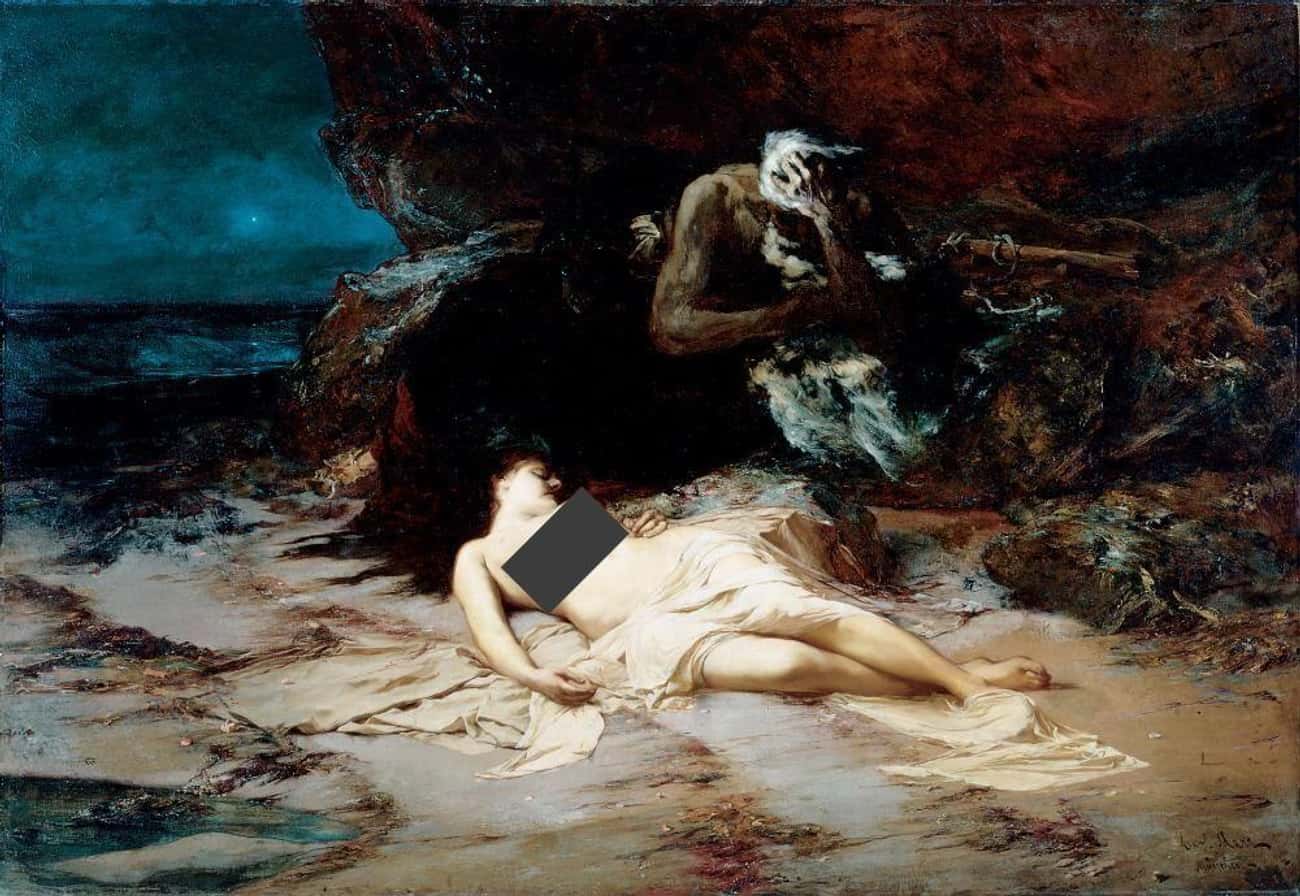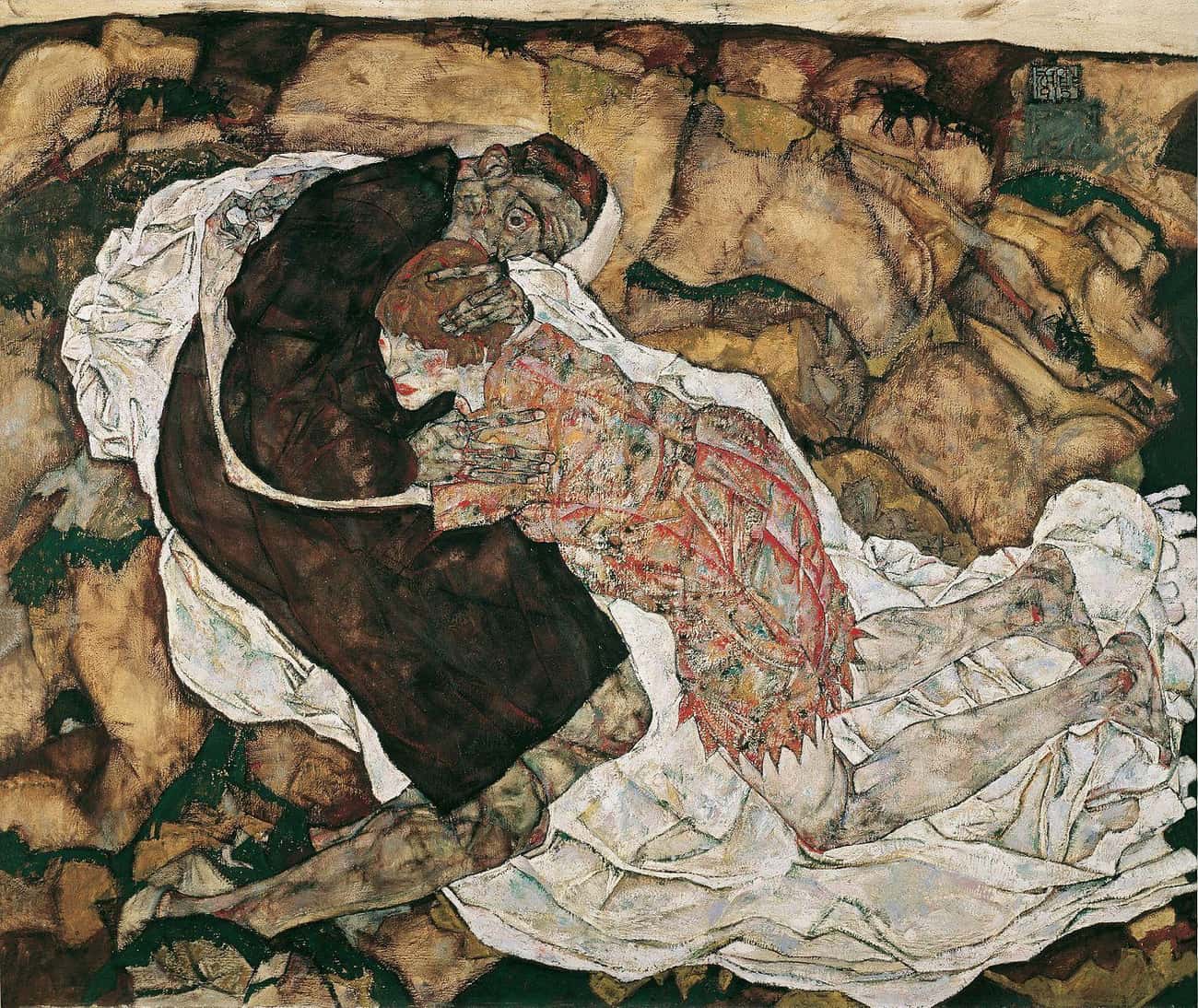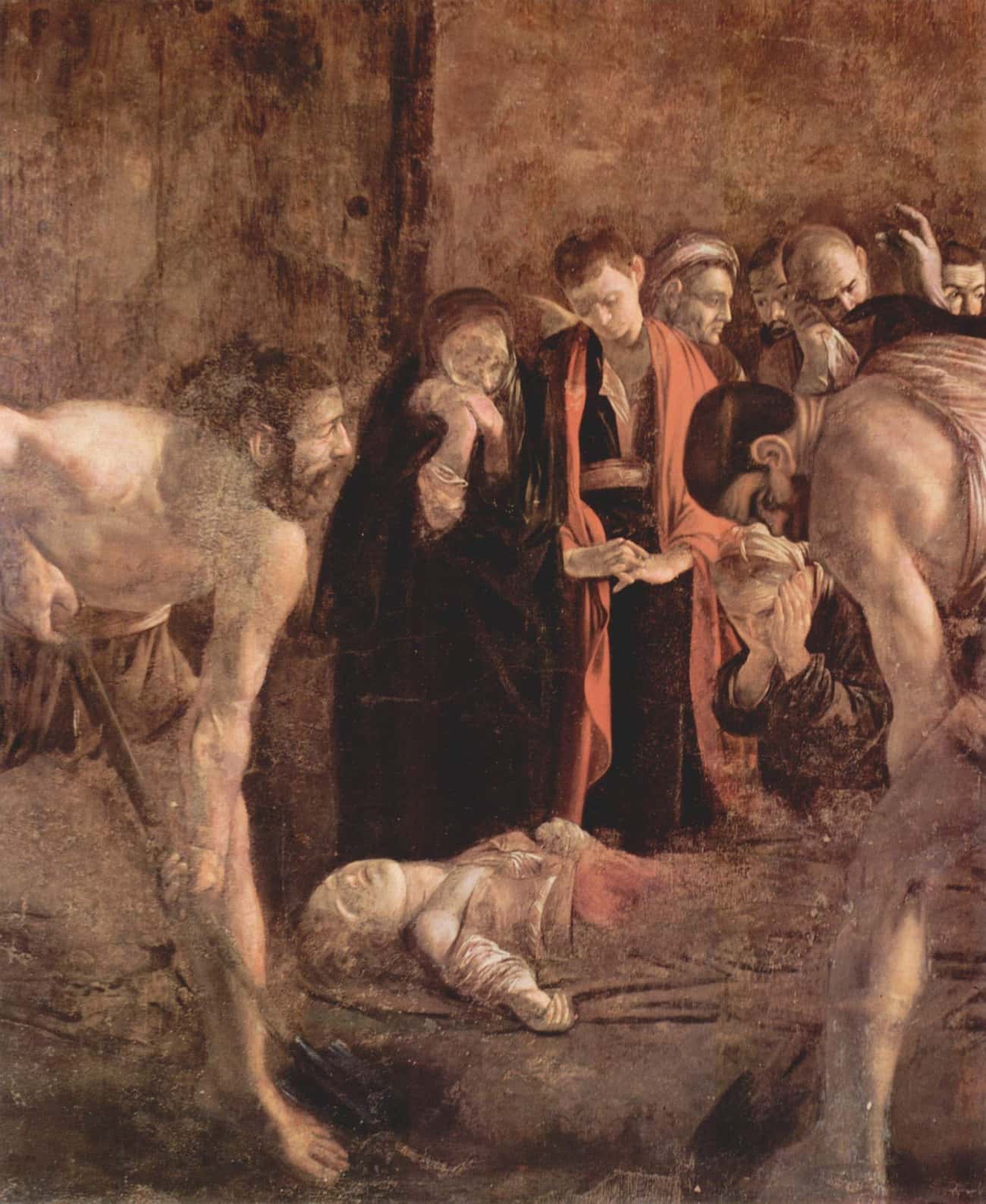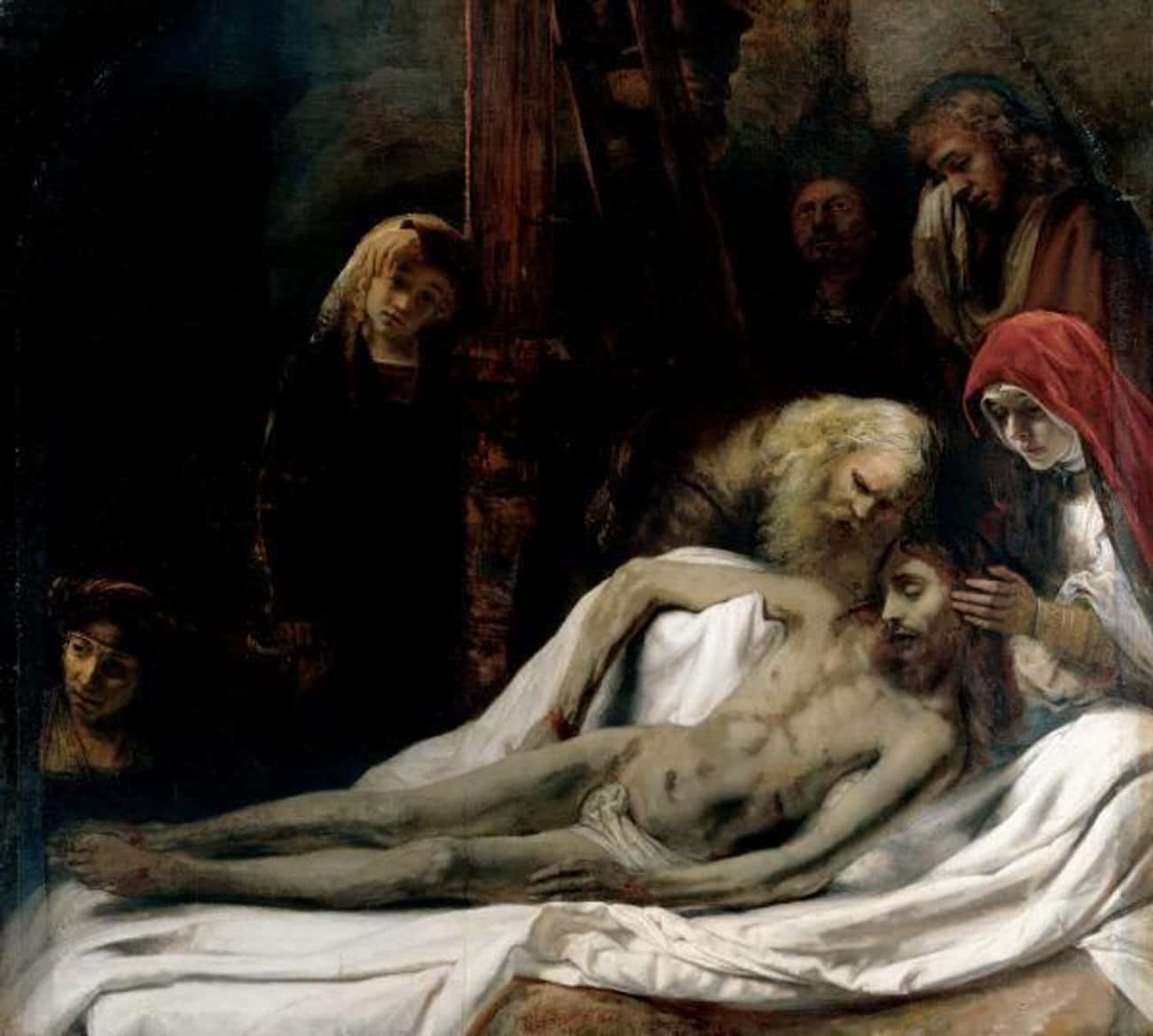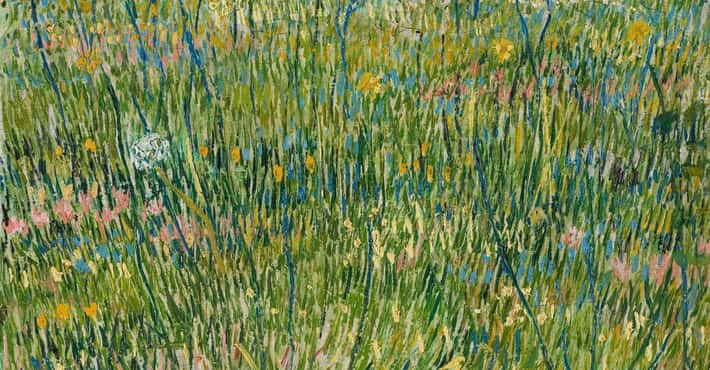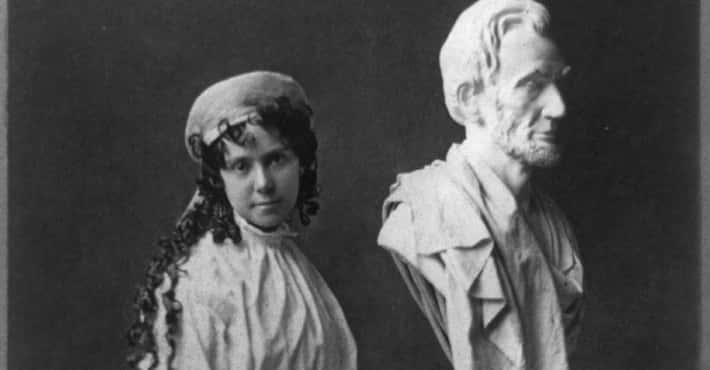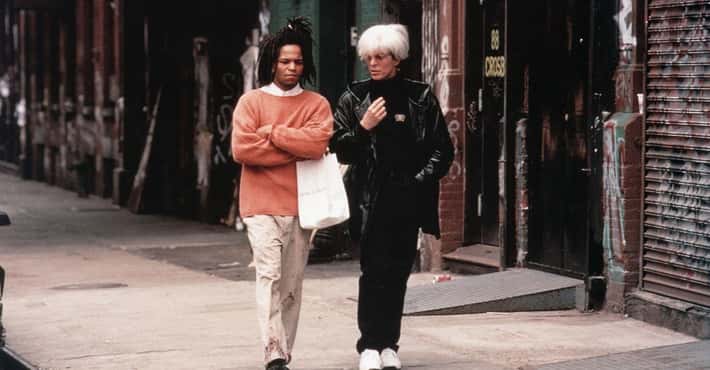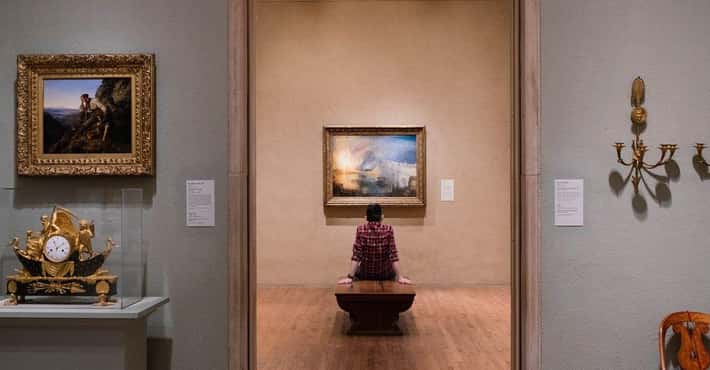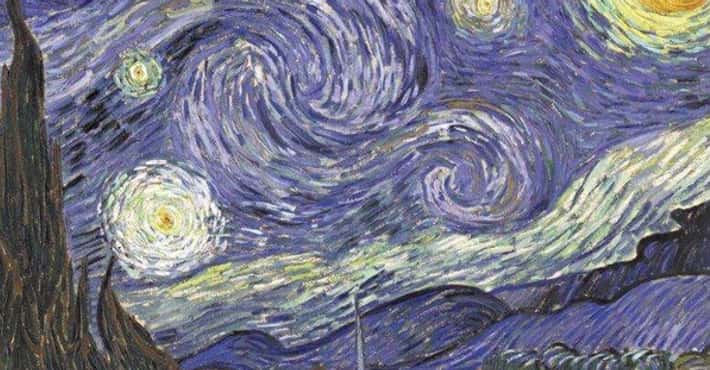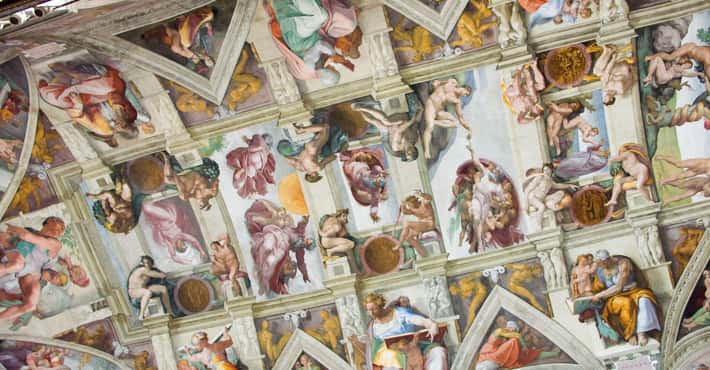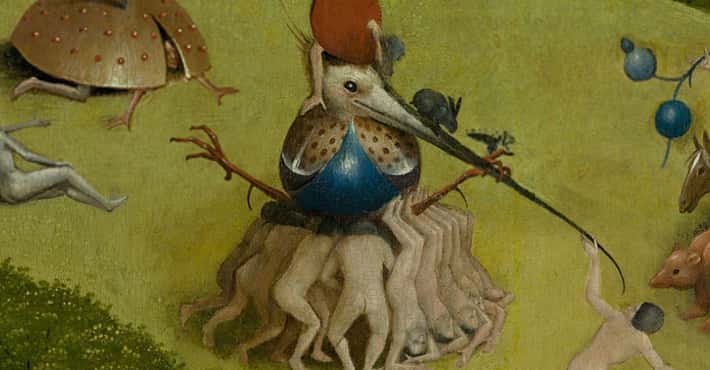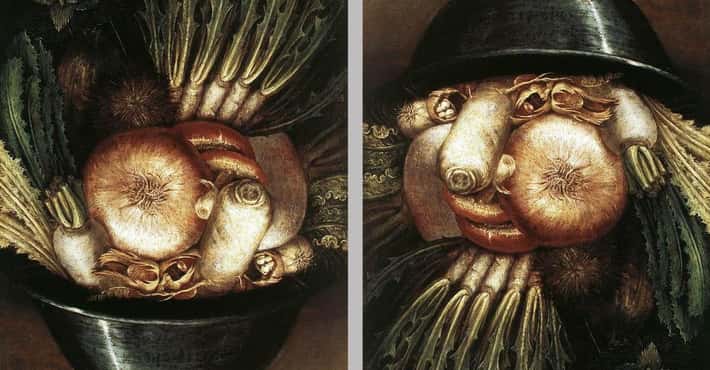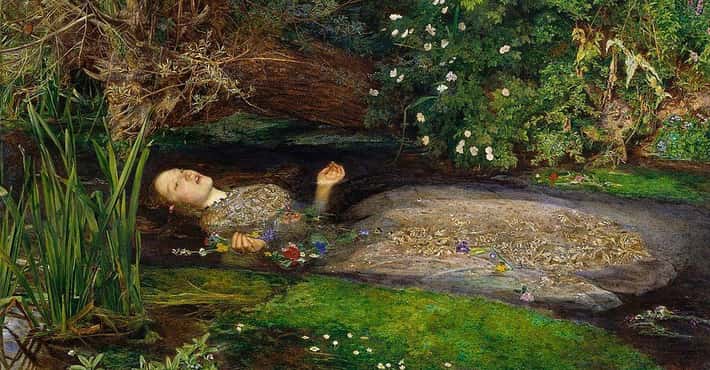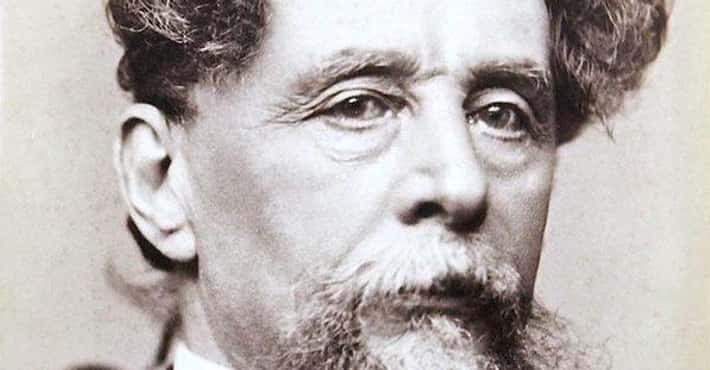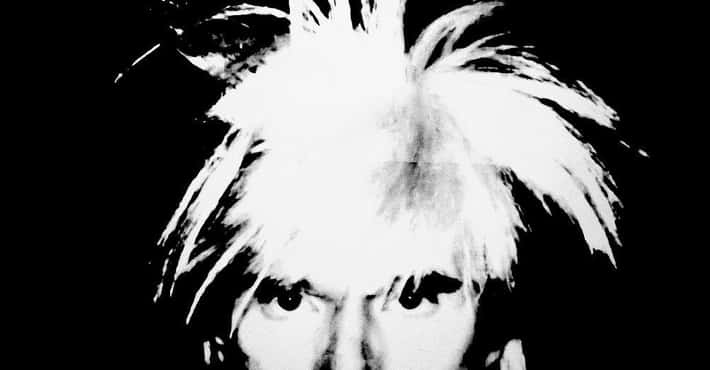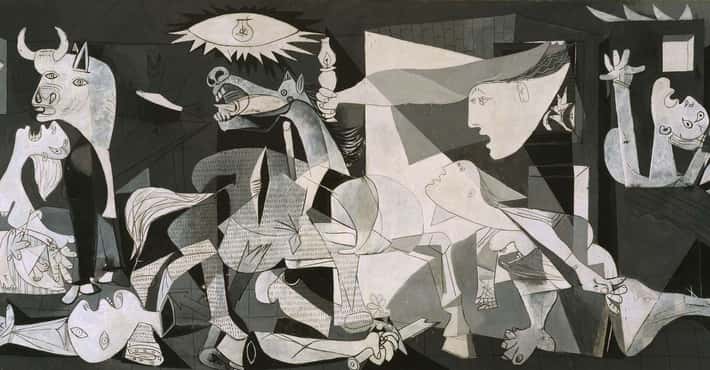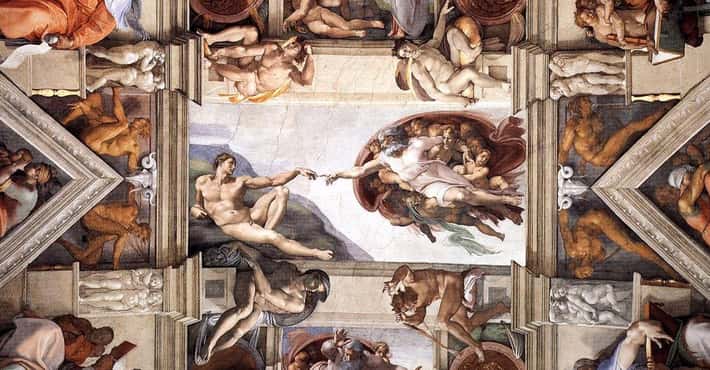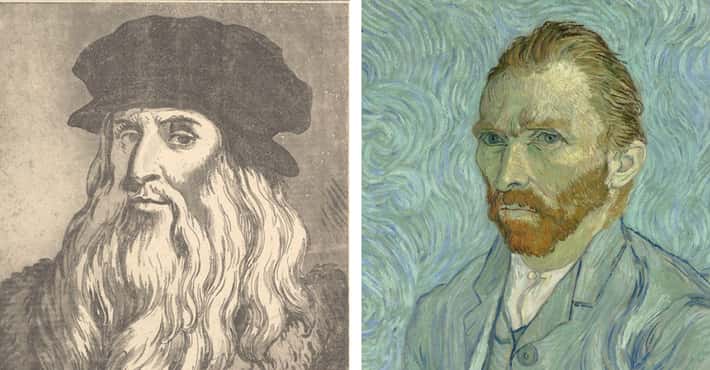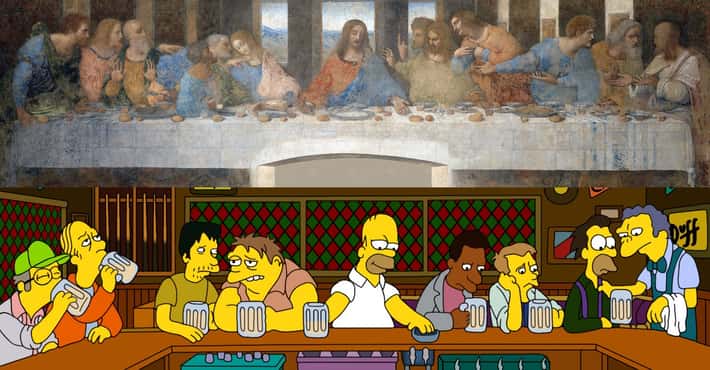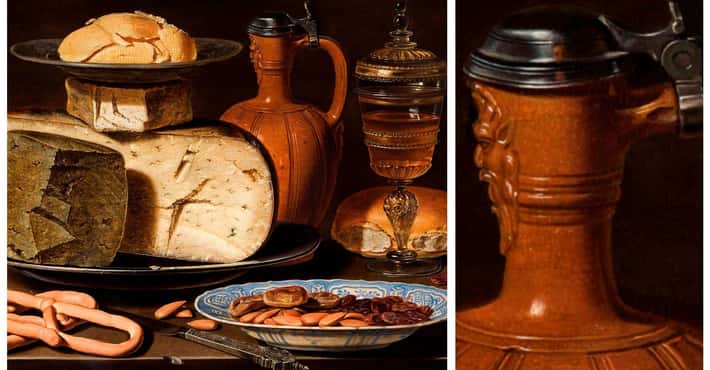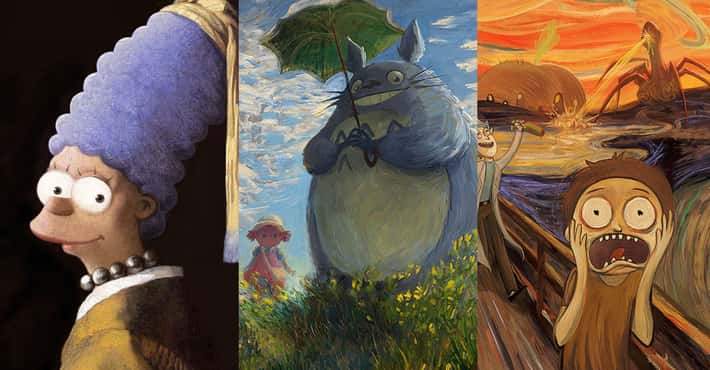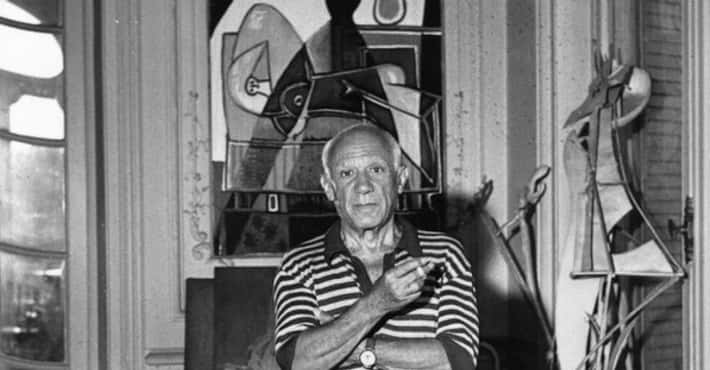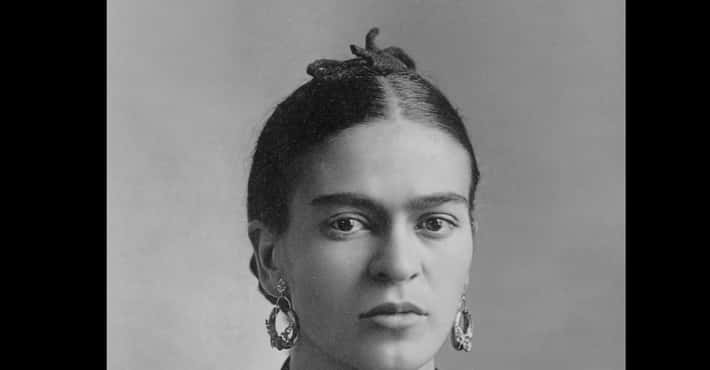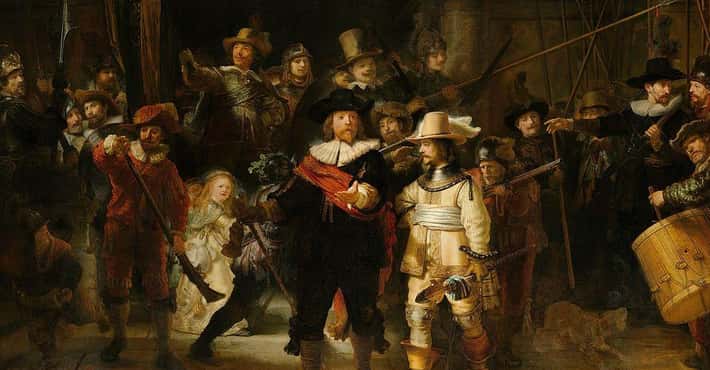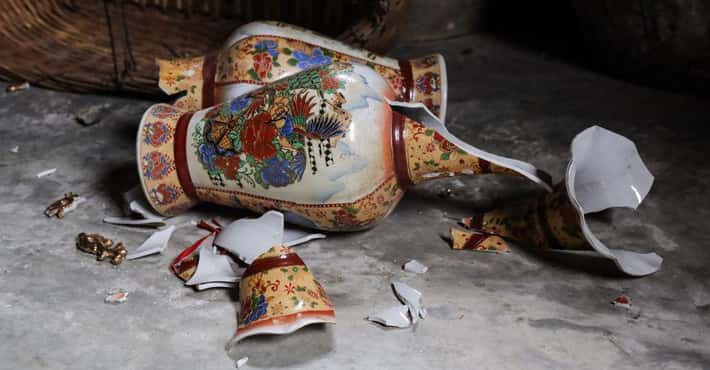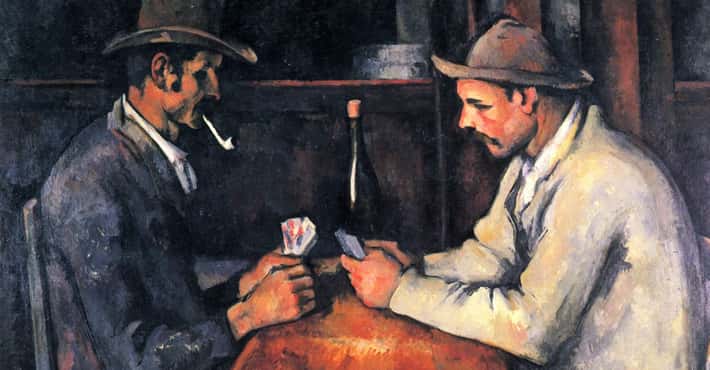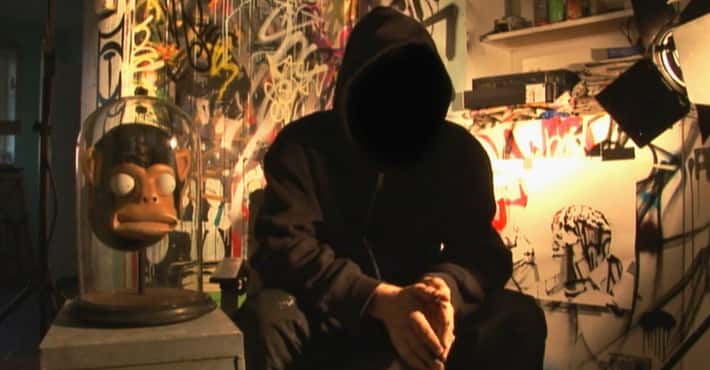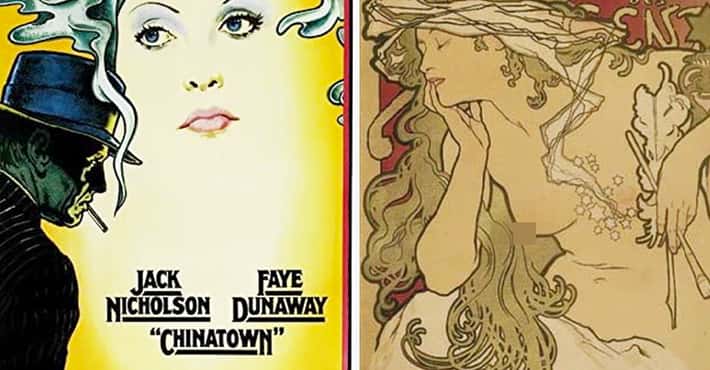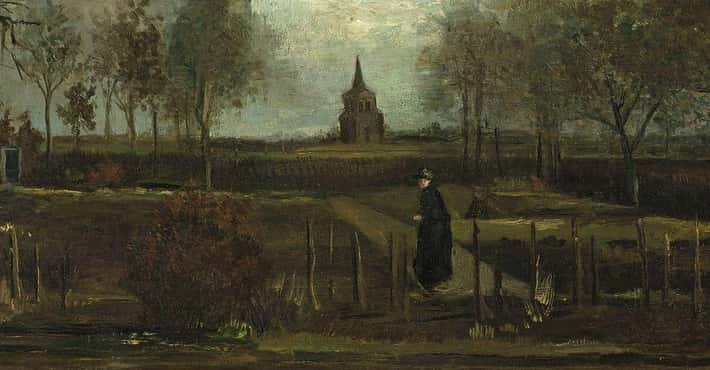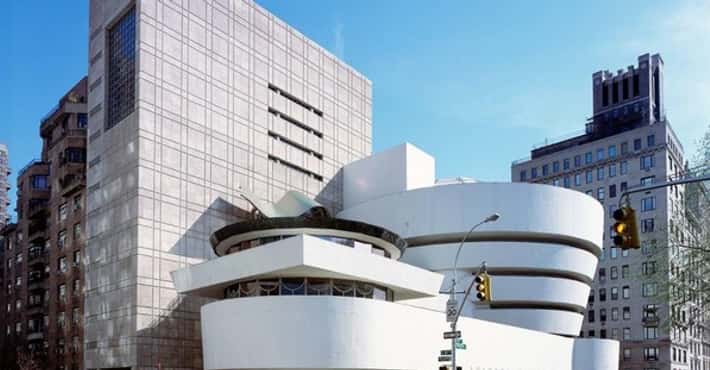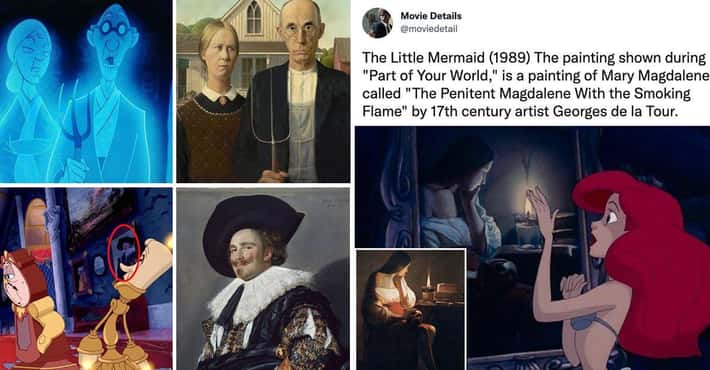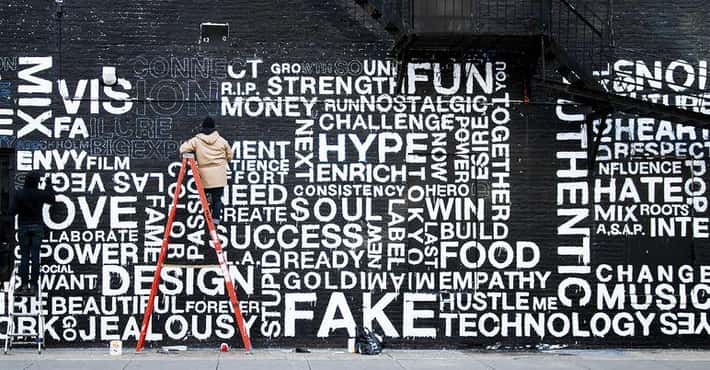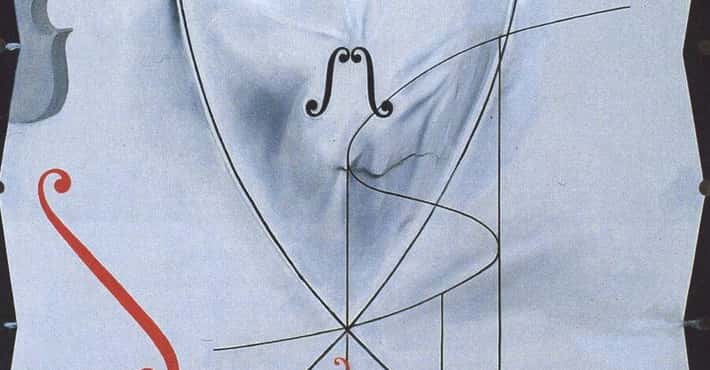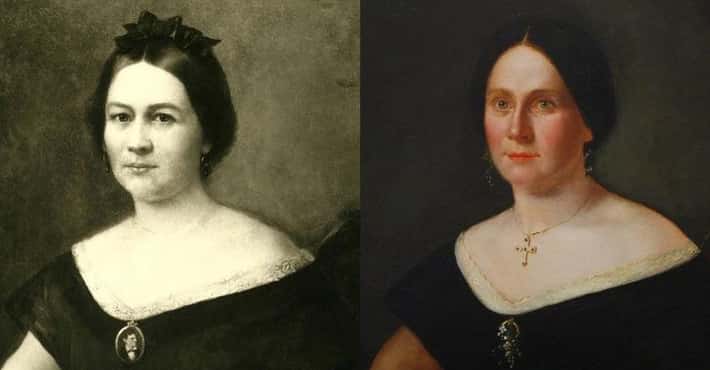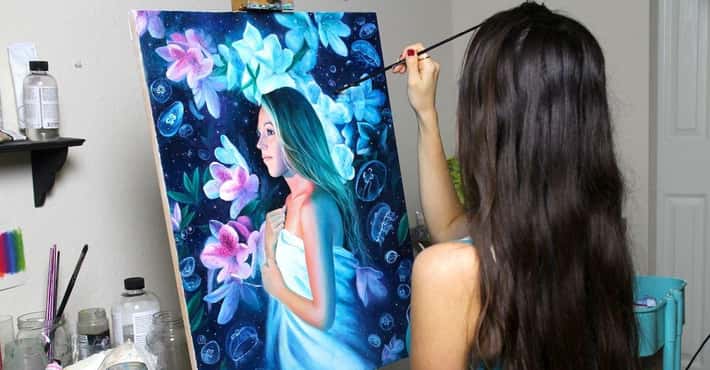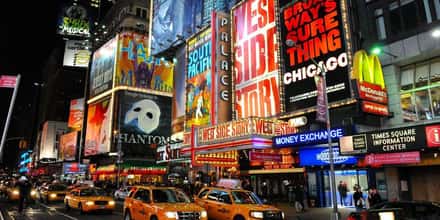The Darkest Paintings From Art History Any Goth Will Appreciate
Ranked By
9.0K votes
1.1K voters
Voting Rules
If you're Goth, vote up the works of art you'd proudly display in your home.
- 1397 VOTES
'The Nightmare' By Johann Heinrich Füssli, 1781
Photo: Johann Heinrich Füssli / Wikimedia Commons / Public DomainThe Nightmare is a 1781 oil painting by Anglo- Swiss artist Henry Fuseli. Since its creation, it has remained Fuseli's best-known work. With its first exhibition in 1782 at the Royal Academy of London, the image became famous; an engraved version was widely distributed and the painting was parodied in political satire. Due to its fame, Fuseli painted at least three other versions of the painting. Interpretations of The Nightmare have varied widely. The canvas seems to portray simultaneously a dreaming woman and the content of her nightmare. The incubus and the horse's head refer to contemporary belief and folklore about nightmares, but have been ascribed more specific meanings by some theorists. Contemporary critics were taken aback by the overt sexuality of the painting, which has since been interpreted by some scholars as anticipating Freudian ideas about the unconscious. - 2452 VOTES
'The Bat-Woman' By Albert Joseph Pénot, c. 1890
Photo: Albert Joseph Pénot / Wikimedia Commons / Public Domain - 3401 VOTES
'Death on a Pale Horse' By Hamilton Mortimer, c. 1775
Photo: Hamilton Mortimer/Yale Center For British Art / Wikimedia Commons / Public Domain - 4401 VOTES
'Hell' By Hieronymus Bosch, c. 1490
Photo: Hieronymus Bosch / Wikipedia / Public DomainHell is a Hieronymus Bosch painting made after 1490. It is currently in the Palazzo Ducale, in Venice, Italy. This painting is part of a series of four, the others are Ascent of the Blessed, Terrestrial Paradise and Fall of the Damned. In this panel it shows the punishment of the wicked with diverse kinds of torture laid out by demons. - 5296 VOTES
"Portrait of a Man - Memento Mori" By Andrea Previtali Called Cordeliaghi, c. 1502
Photo: Museo Poldi Pezzoli / Wikimedia Commons / Public Domain - 6438 VOTES
'Skull of a Skeleton with Burning Cigarette' By Vincent Van Gogh, 1885-1886
Photo: Van Gogh Museum / Wikimedia Commons / Public Domain - 7295 VOTES
'The Sleep of Reason Produces Monsters' By Francisco Goya, 1799
Photo: Francisco Goya/elson-Atkins Museum of Art / Wikimedia Commons / Public DomainThe Sleep of Reason Produces Monsters is an etching by the Spanish painter and printmaker Francisco Goya. Created between 1797 and 1799, it is the 43rd of 80 etchings making up the suite of satires Los Caprichos. Goya imagines himself asleep amidst his drawing tools, his reason dulled by slumber and bedeviled by creatures that prowl in the dark. The work includes owls that may be symbols of folly and bats symbolising ignorance. The artist's nightmare reflected his view of Spanish society, which he portrayed in the Caprichos as demented, corrupt, and ripe for ridicule. The full epigraph for capricho No. 43 reads; "Fantasy abandoned by reason produces impossible monsters: united with her, she is the mother of the arts and the origin of their marvels." - 8338 VOTES
'Picture of Dorian Gray' By Ivan Albright, 1943
Photo: Ivan Albright/The Art Institute of Chicago / Wikimedia Commons / Public Domain - 9230 VOTES
'The Fire Dance' By Paul Gauguin, 1891
Photo: Paul Gauguin/Israel Museum / Wikimedia Commons / Public Domain - 10244 VOTES
'Frontespiece To Frankenstein' By Theodore Von Holst, 1831
Photo: Tate Britain / Wikimedia Commons / Public Domain - 11245 VOTES
'The Death and conflagration, central part of the triptych Disaster' By Albert Chmielowski, After 1870
Photo: National Museum In Warsaw / Wikimedia Commons / Public Domain - 12260 VOTES
'Three Skulls' By Paul Cézanne, 1901
Photo: Paul Cézanne/Detroit Institute of Arts / Wikimedia Commons / Public Domain - 13244 VOTES
'The Library' By Félicien Rops, 1878-1881
Photo: Félicien Rops / Wikimedia Commons / Public Domain - 14179 VOTES
'The Night of Enitharmon's Joy' By William Blake, 1795
Photo: William Blake/Tate Britain / Wikimedia Commons / Public DomainThe Night of Enitharmon's Joy, often referred as The Triple Hecate or simply Hecate, is a 1795 work of art by the English artist and poet William Blake which depicts Enitharmon, a female character in his mythology, or Hecate, a chthonic Greco-Roman goddess of magic and the underworld. The work presents a nightmarish scene with fantastic creatures. The Triple Hecate is painted with deep tones and bold masses. Blake employed a new technique whose "effect is darker and richer than [his] illuminated books". One scholar interprets his colour print Hecate thus: "She is triple, according to mythology: a girl and a boy hide their heads behind her back. Her left hand lies on a book of magic; her left foot is extended. She is attended by a thistle-eating ass, the mournful owl of false wisdom, the head of a crocodile, and a cat-headed bat." Blake often drew on Michelangelo to create and compose his epic images, including Hecate's, according to a consensus of critics. "Blake is indebted to Michelangelo for many of his giant forms". Michelangelo contributed many "characters to Blake's gallery of mythic persons and heroes". Regarding the Hecate colour print, a suggested trail may be traced. - 15239 VOTESPhoto: John Everett Millais / Wikimedia Commons / Public DomainOphelia is a painting by British artist Sir John Everett Millais, completed between 1851 and 1852. It is held in the Tate Britain in London. It depicts Ophelia, a character from William Shakespeare's play Hamlet, singing before she drowns in a river in Denmark. The work was not widely regarded when first exhibited at the Royal Academy, but has since come to be admired for its beauty and its accurate depiction of a natural landscape. Ophelia has been estimated to have a market value of over £30 million.More Ophelia
- #12 of 468 onList of Famous History Paintings
- #1 of 11 onThe Greatest Works Art About Ophelia
- #1 of 12 onWho The People In Famous Paintings Actually Were
- 16206 VOTES
'Portrait of a dead child wearing a mourning wreath around its head' By Jan de Stomme, 1654
Photo: Jan de Stomme/Groninger Museum / Wikimedia Commons / Public Domain - 17183 VOTES
'Sacred Love Versus Profane Love' By Giovanni Baglione, 1602
Photo: Giovanni Baglione/Galleria Nazionale d'Arte Antica / Wikimedia Commons / Public Domain - 18220 VOTES
'Moonlit Dreams' By Gabriel Ferrier, 1874
Photo: Gabriel Ferrier / Wikimedia Commons / Public Domain - 19179 VOTES
'The Suicide' By Édouard Manet, 1877-1881
Photo: Édouard Manet/Stiftung Sammlung E. G. Bührle / Wikimedia Commons / Public Domain - 20173 VOTES
'Death and Life' By Gustav Klimt, 1908-1911
Photo: Gustav Klimt / Wikimedia Commons / Public Domain - 21136 VOTES
'Judde Memorial' By British School, c. 1560
Photo: Dulwich Picture Gallery / Wikimedia Commons / Public Domain - 22224 VOTESPhoto: Edvard Munch / Wikimedia Commons / Public DomainThe Scream is the popular name given to each of four versions of a composition, created as both paintings and pastels, by the Expressionist artist Edvard Munch between 1893 and 1910. Der Schrei der Natur is the title Munch gave to these works, all of which show a figure with an agonized expression against a landscape with a tumultuous orange sky. Arthur Lubow has described The Scream as "an icon of modern art, a Mona Lisa for our time." Edvard Munch created the four versions in various media. The National Gallery, Oslo, holds one of two painted versions. The Munch Museum holds the other painted version and a pastel version from 1893. These three versions have not traveled for years. The fourth version was sold for $119,922,600 at Sotheby's Impressionist and Modern Art auction on 2 May 2012 to financier Leon Black, the second highest nominal price paid for a painting at auction. The painting was on display in the Museum of Modern Art in New York from October 2012 to April 2013. Also in 1895, Munch created a lithograph stone of the image. Of the lithograph prints produced by Munch, several examples survive.More The Scream
- #2 of 16 onThe Greatest Works of Expressionist Art
- #1 of 5 onThe Greatest Famous Expressionist Paintings
- #18 of 20 onThe Most Overrated Paintings of All Time
- 23146 VOTES
"The Mystery of Life" By Carl Marr, 1879
Photo: Carl von Marr / Wikimedia Commons / Public Domain - 24140 VOTES
'Death of the Virgin' By Pieter Bruegel the Elder, c. 1564
Photo: Pieter Bruegel/Upton House / Wikimedia Commons / Public Domain - 25147 VOTES
'Death and the Maiden' By Egon Schiele, 1915
Photo: Egon Schiele/Österreichische Galerie Belvedere / Wikimedia Commons / Public DomainDeath and the Maiden (1915) is a painting by Austrian artist Egon Schiele. - 26152 VOTES
'Burial of St. Lucy' By Michelangelo Merisi da Caravaggio, 1608
Photo: Michelangelo Merisi de Carvaggio / Wikimedia Commons / Public DomainBurial of Saint Lucy is a painting by the Italian artist Caravaggio. It is located in the church of Santa Lucia alla Badia located on the Piazza Duomo in Syracuse, Sicily. - 27138 VOTES
'Dante's Dream at the Time of the Death of Beatrice' By Dante Gabriel Rossetti, 1871
Photo: Dante Gabriel Rossettti / Wikimedia Commons / Public DomainDante's Dream at the Time of the Death of Beatrice (1871) is a painting by British artist Dante Gabriel Rossetti. - 28142 VOTES
'Lamentation' By Rembrandt van Rijn, 1650
Photo: Netherlands Institute for Art History / Wikimedia Commons / Public Domain - 29134 VOTES
'Camille Monet on Her Deathbed' By Claude Monet, 1879
Photo: Claude Monet/Musée d'Orsay / Wikimedia Commons / Public Domain - 30121 VOTES
'A Hopeless Dawn' By Frank Bramley, 1888
Photo: Frank Bramley/Tate Britain / Wikimedia Commons / Public Domain


